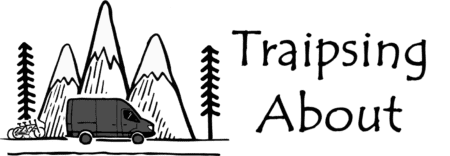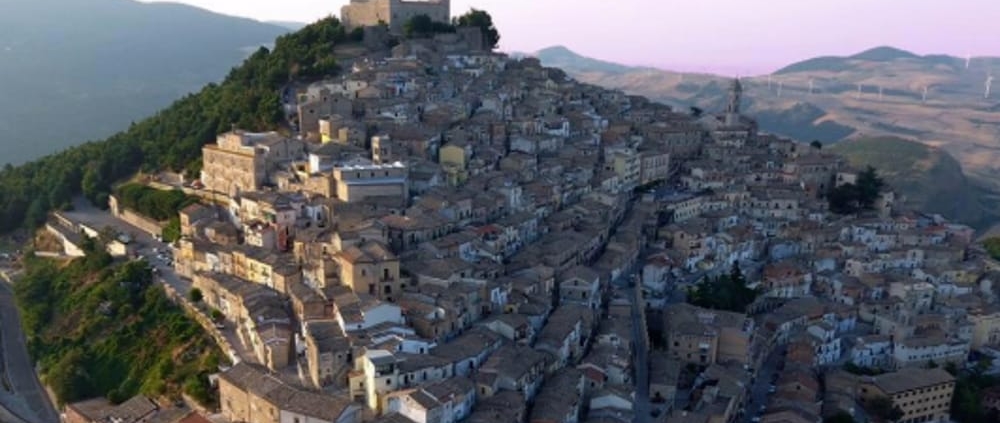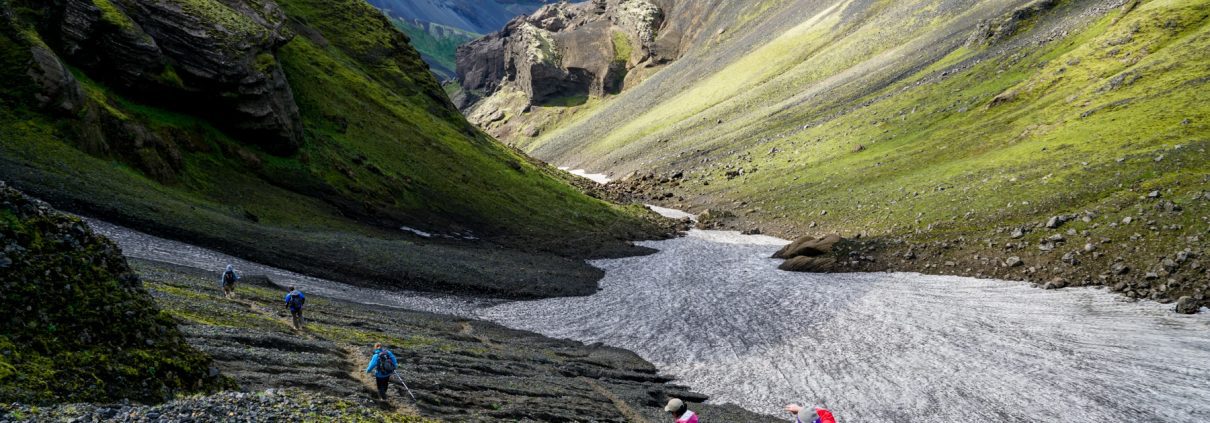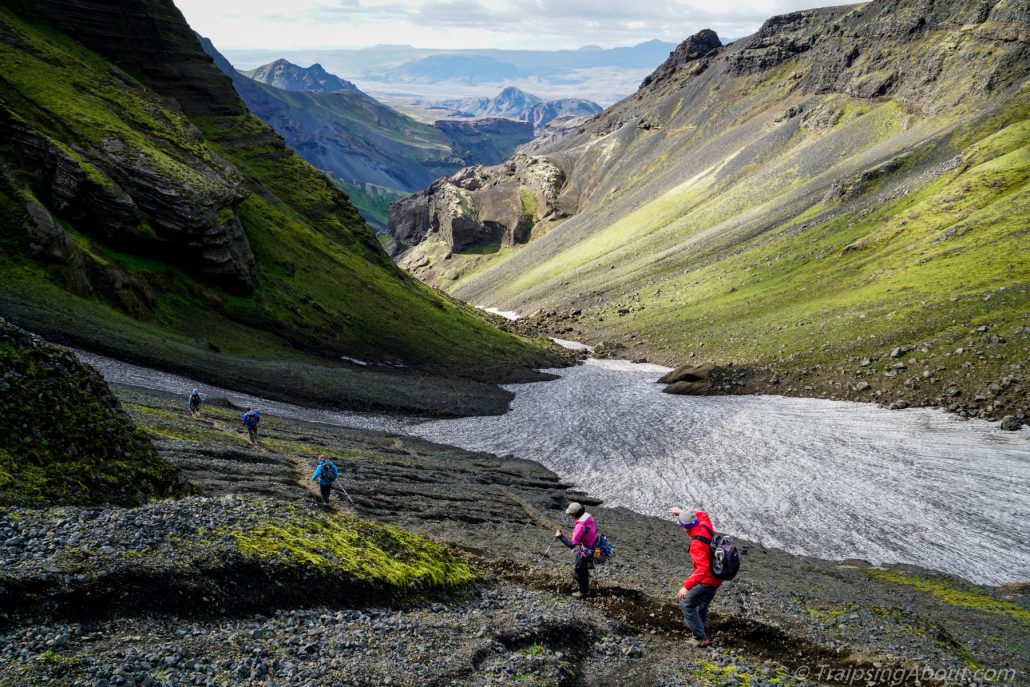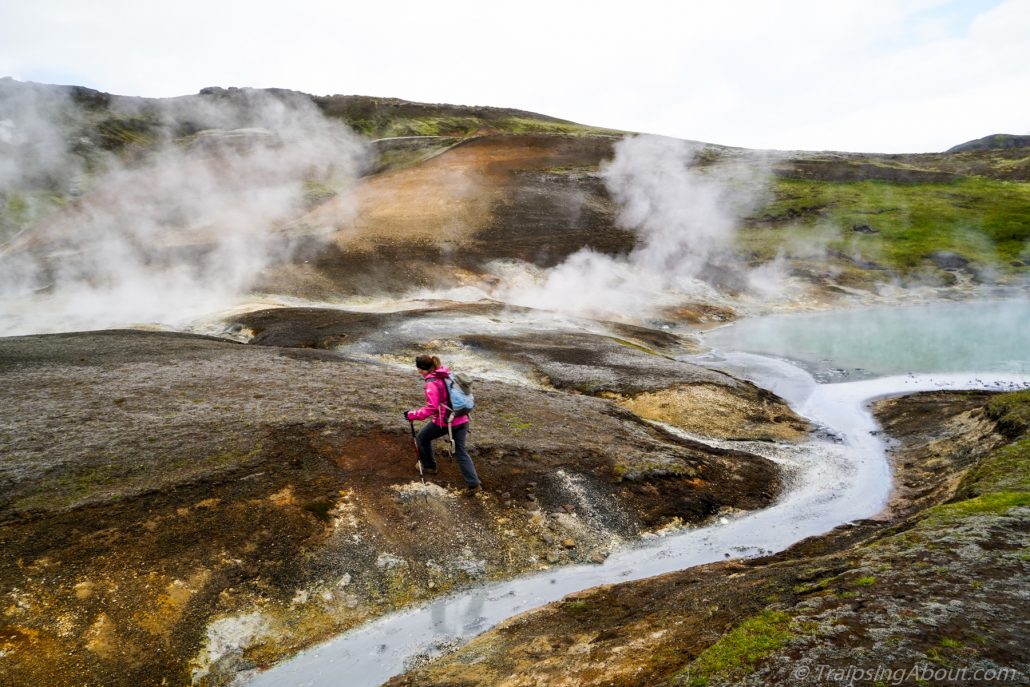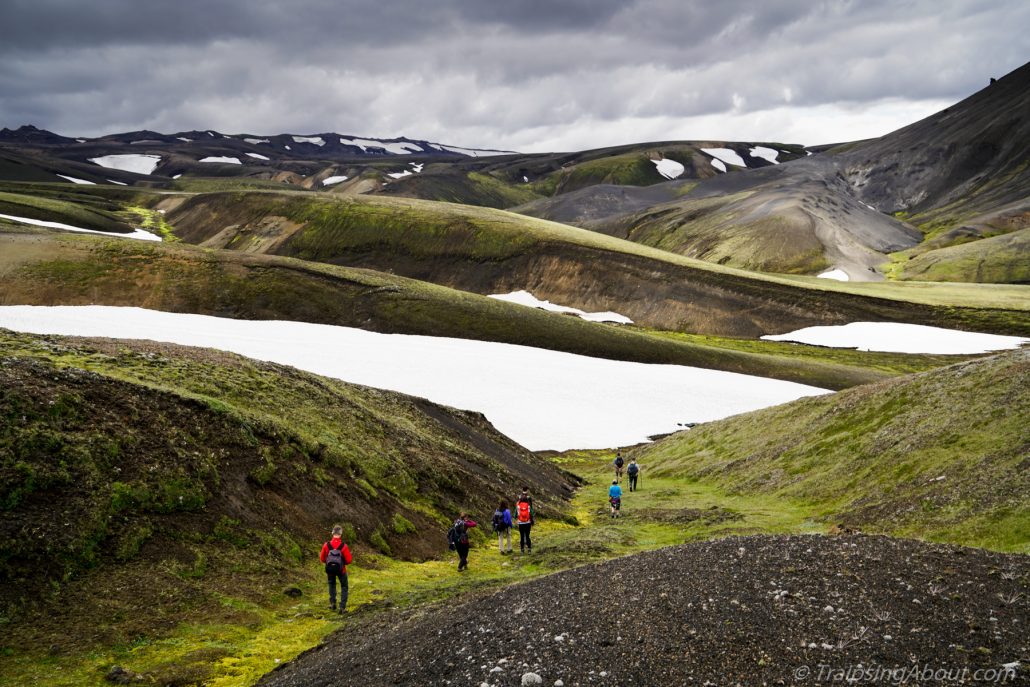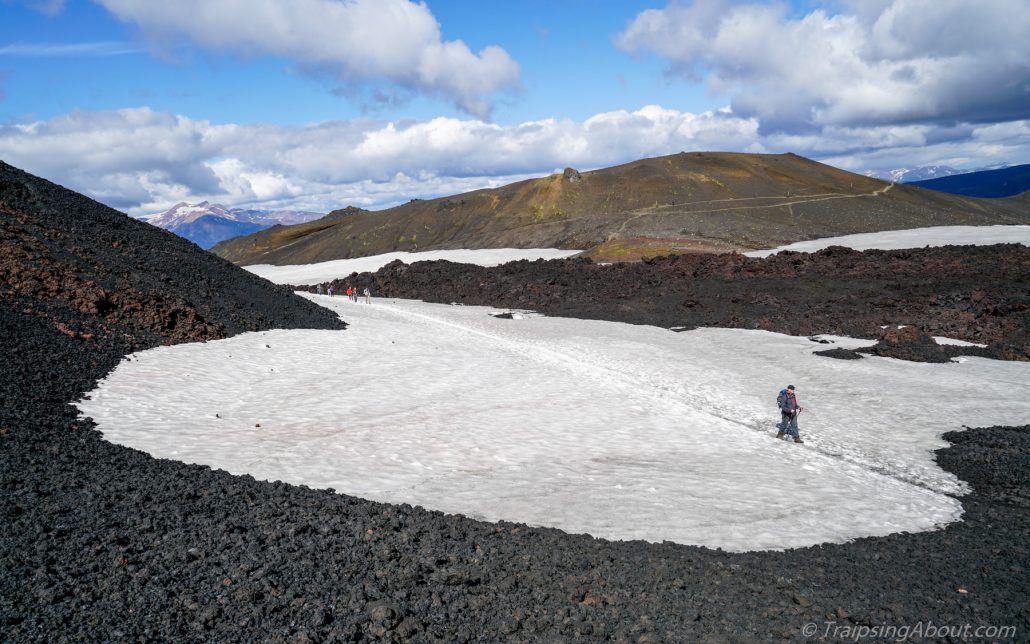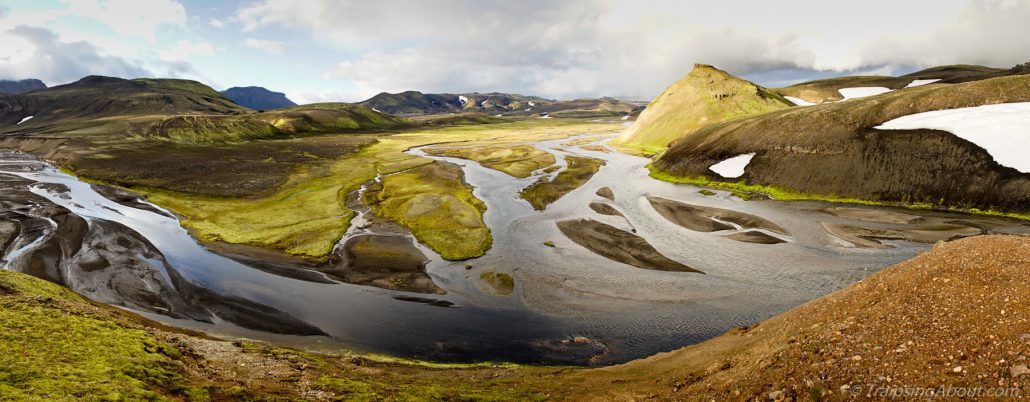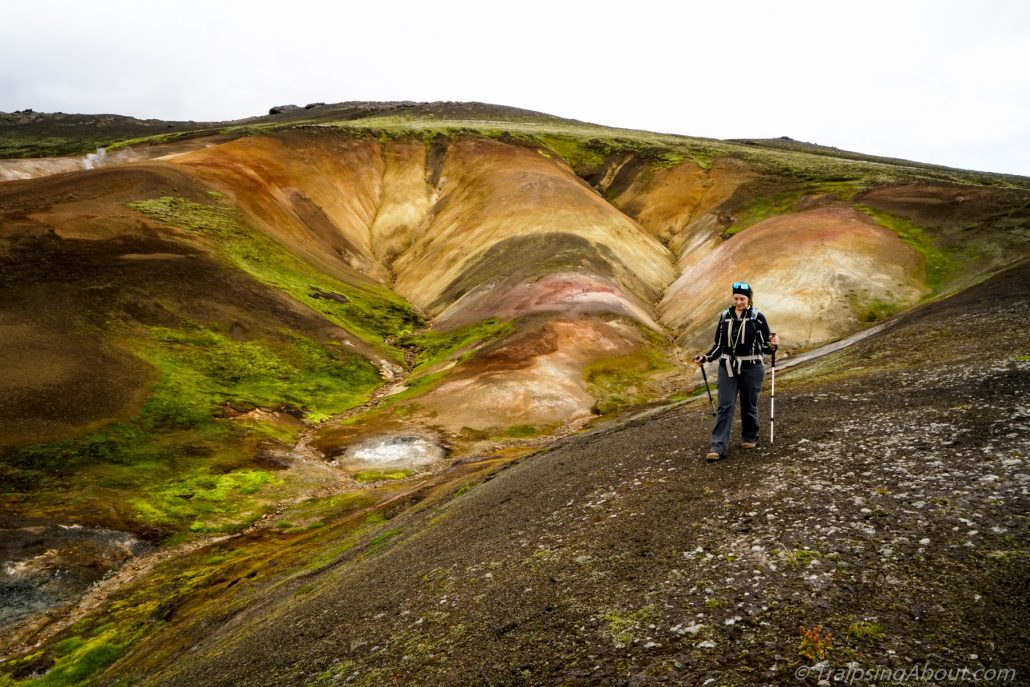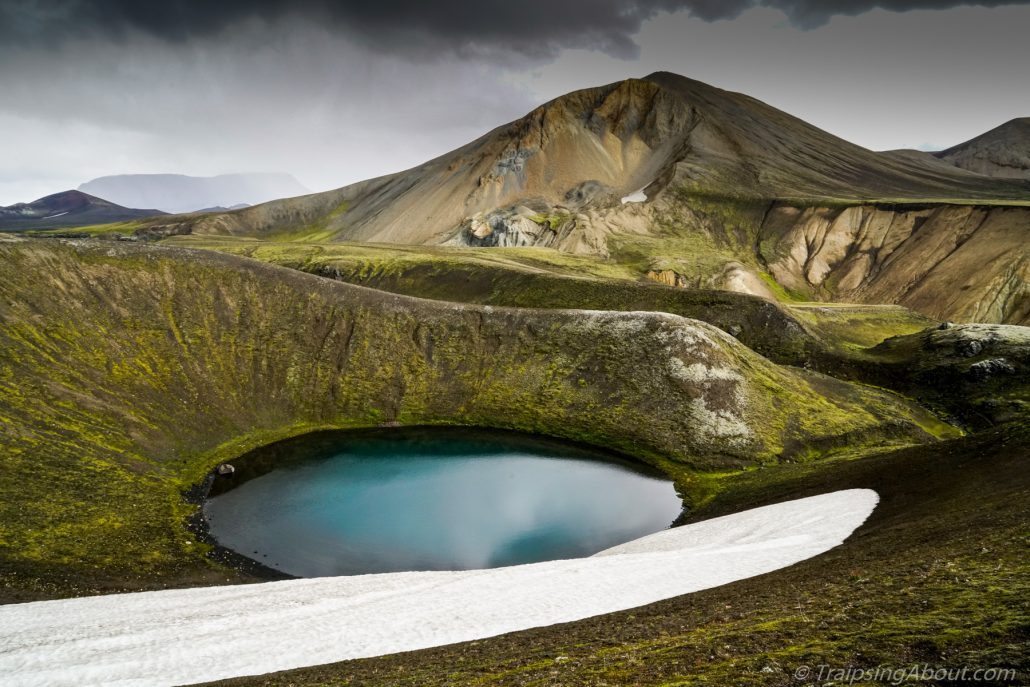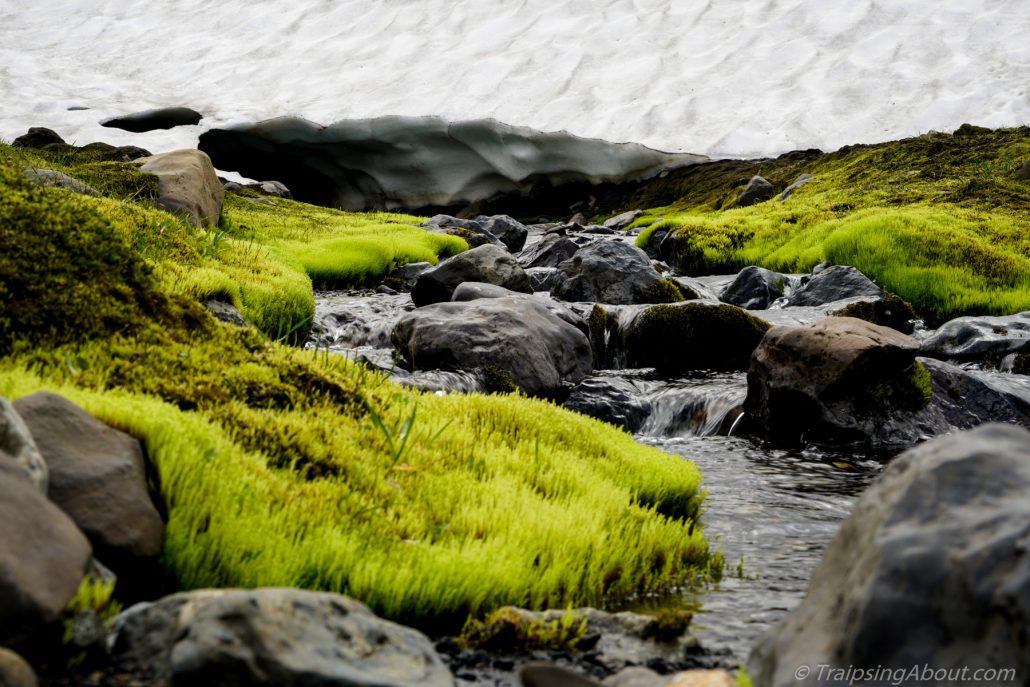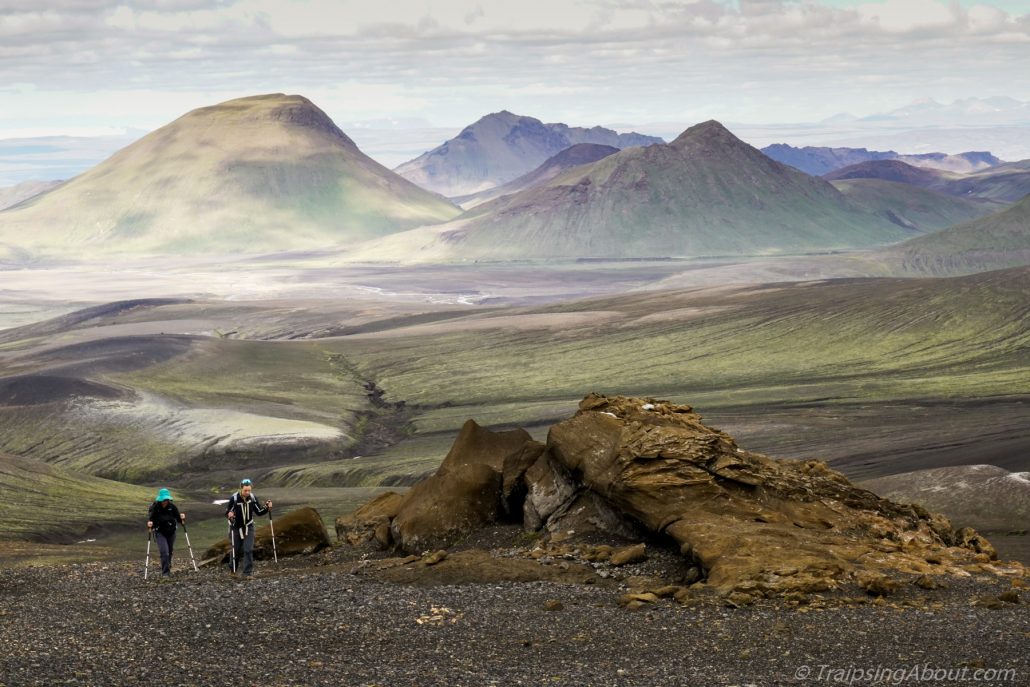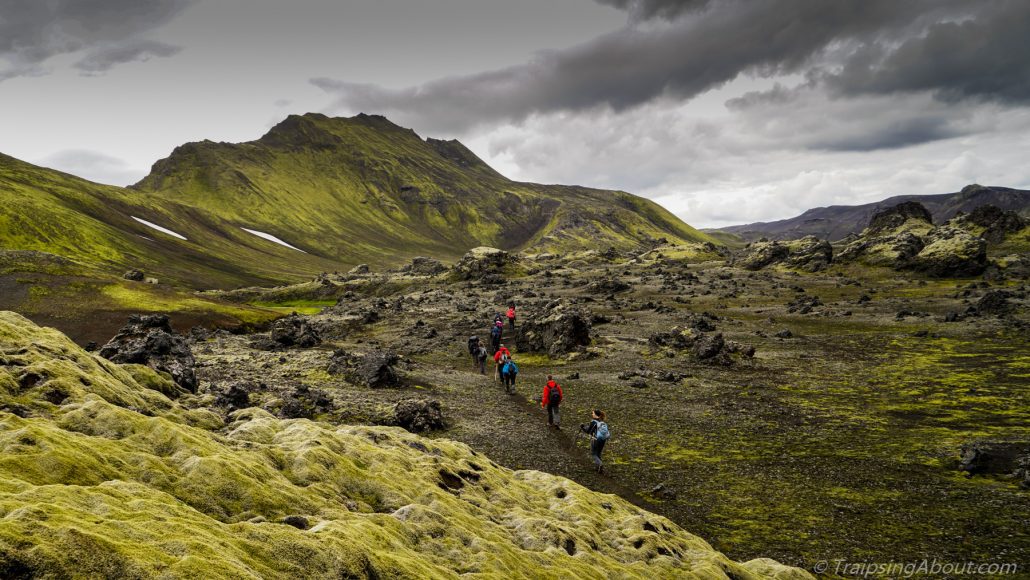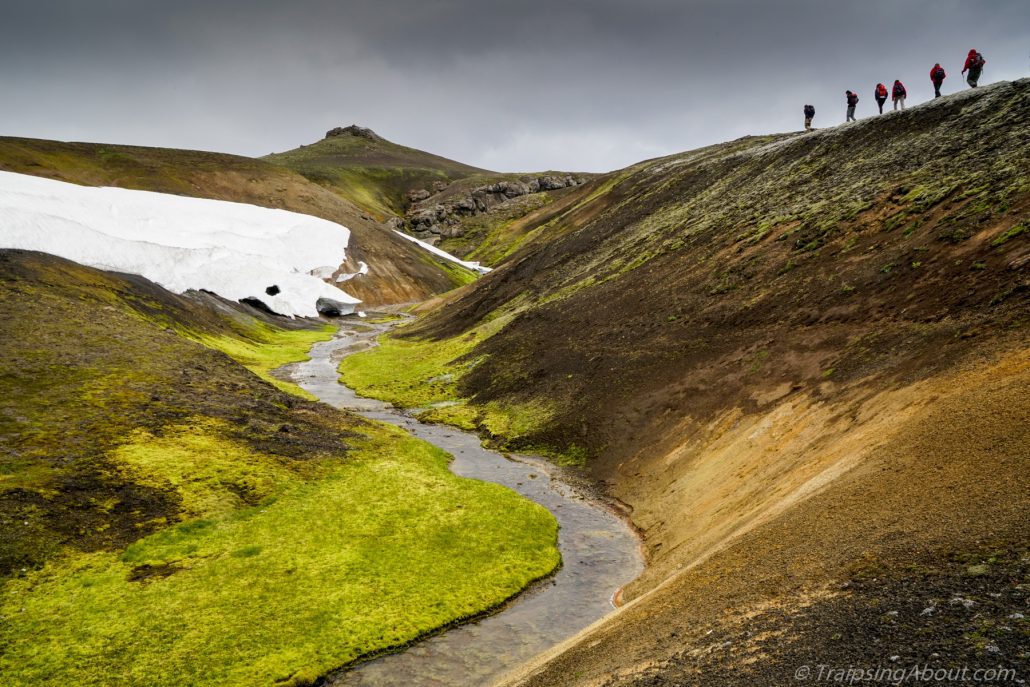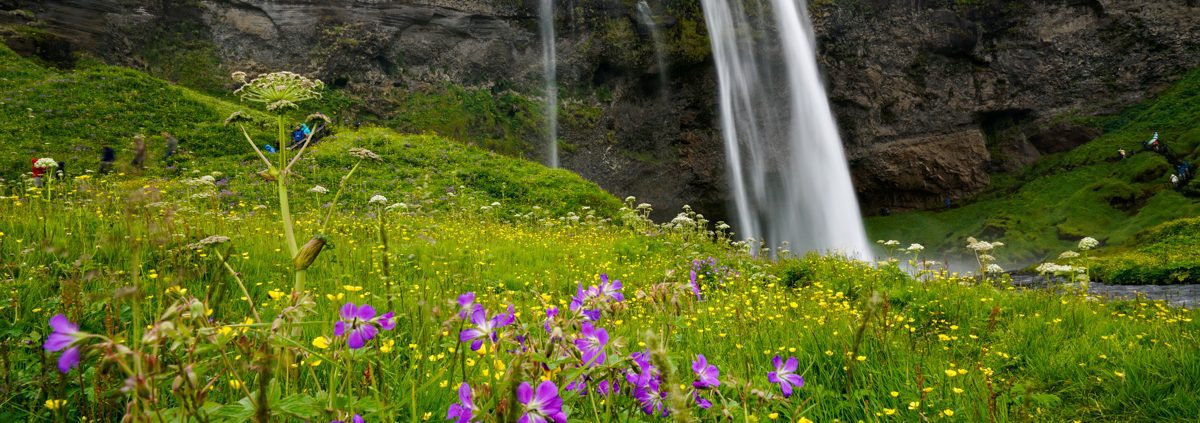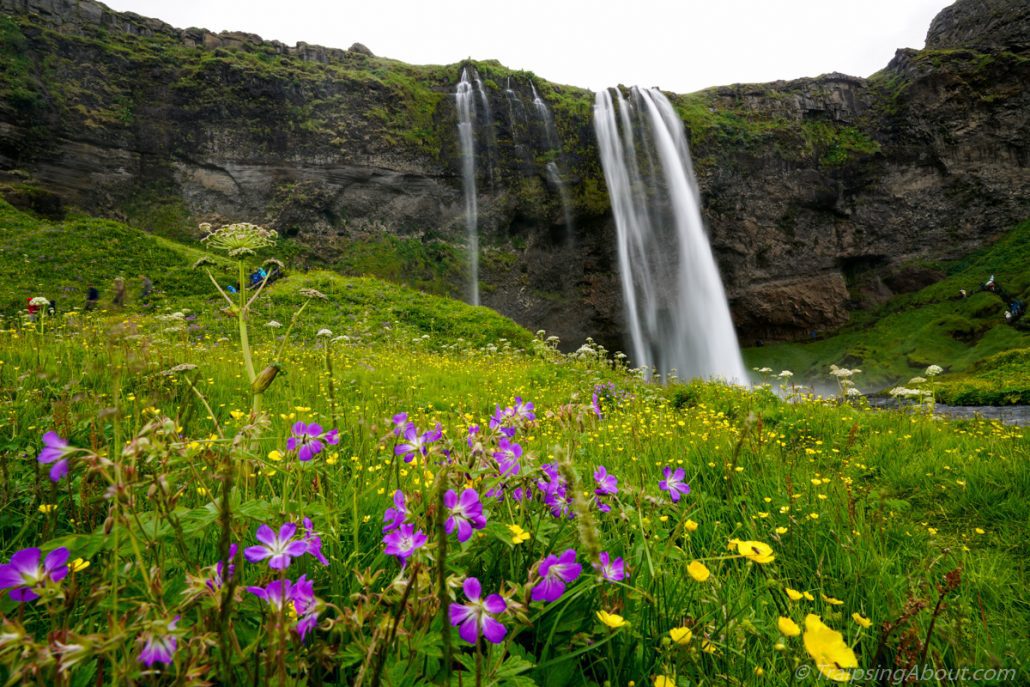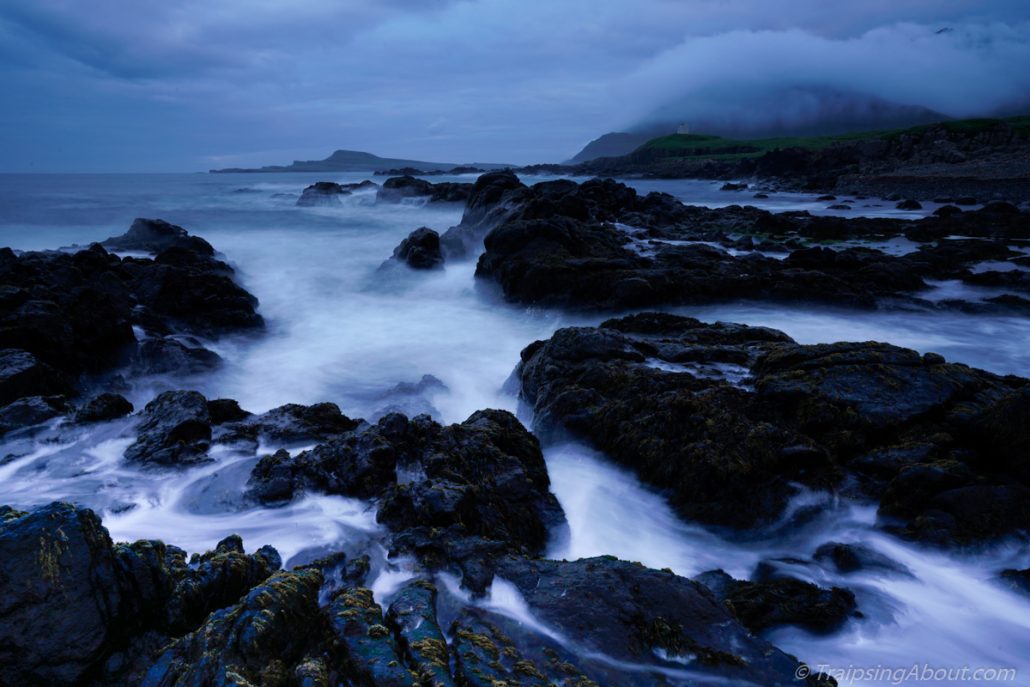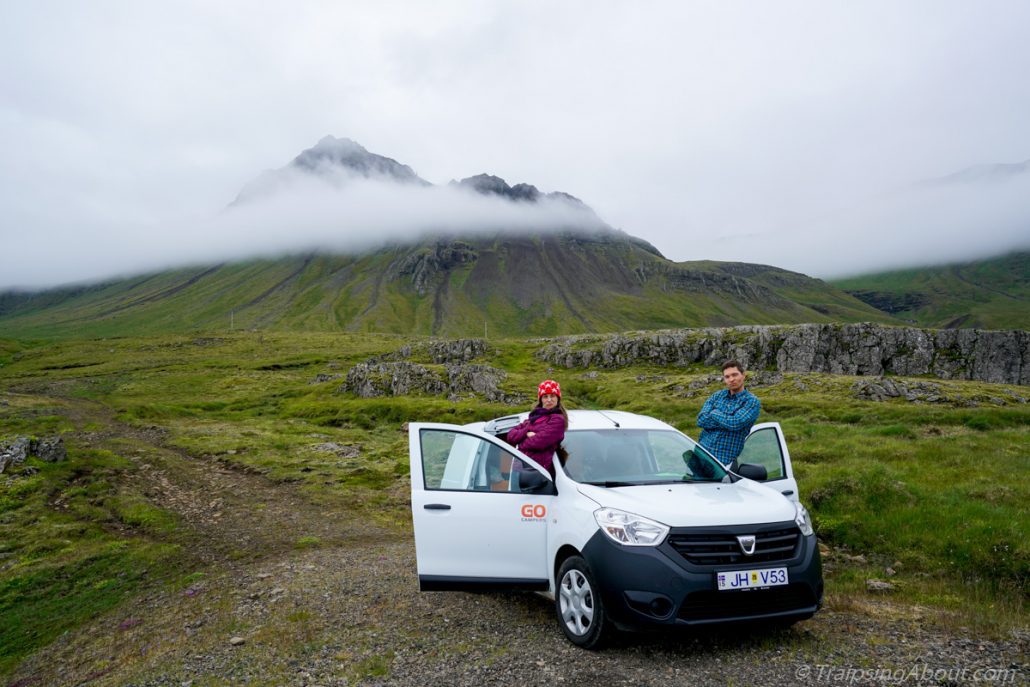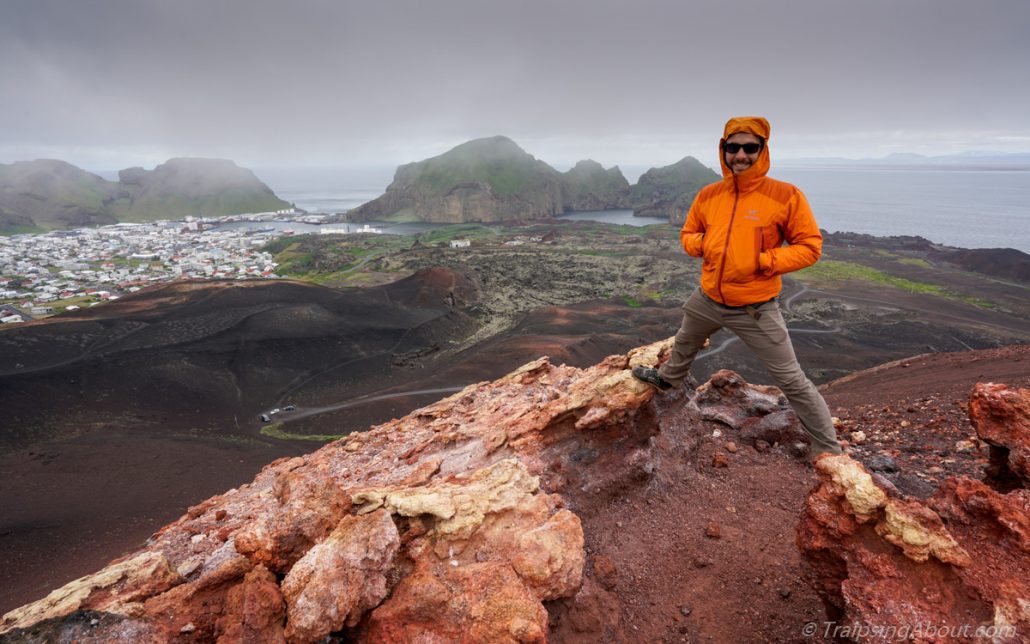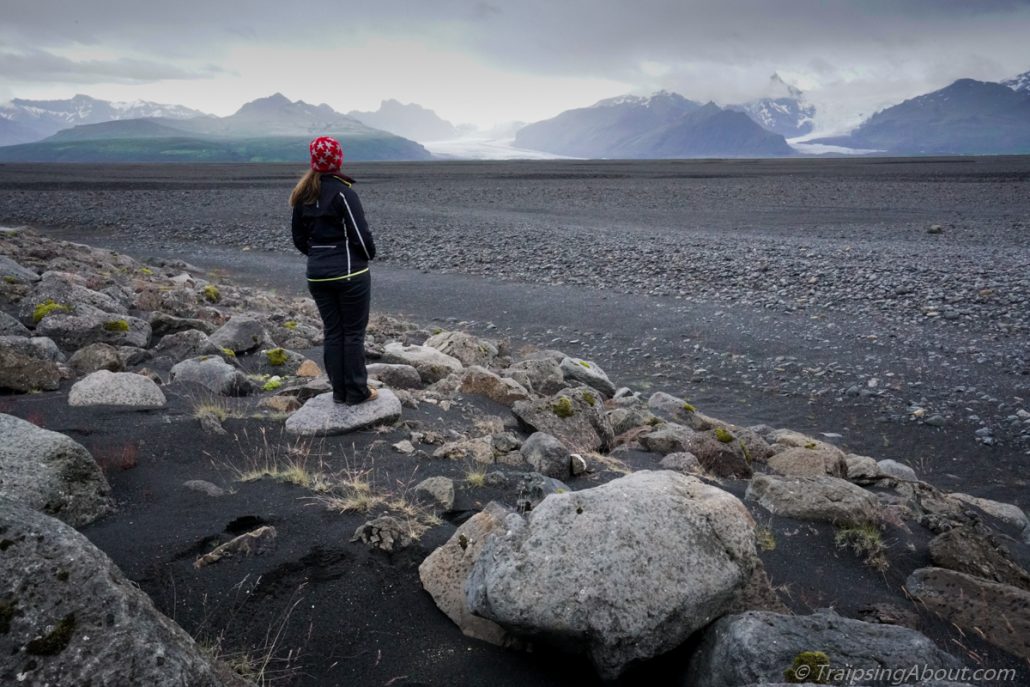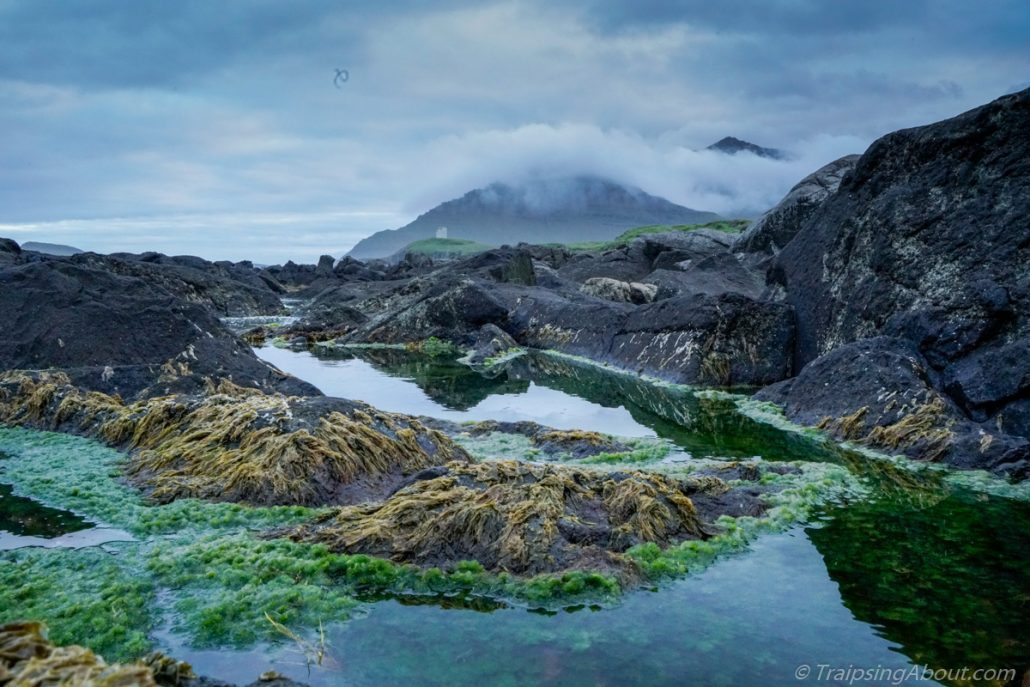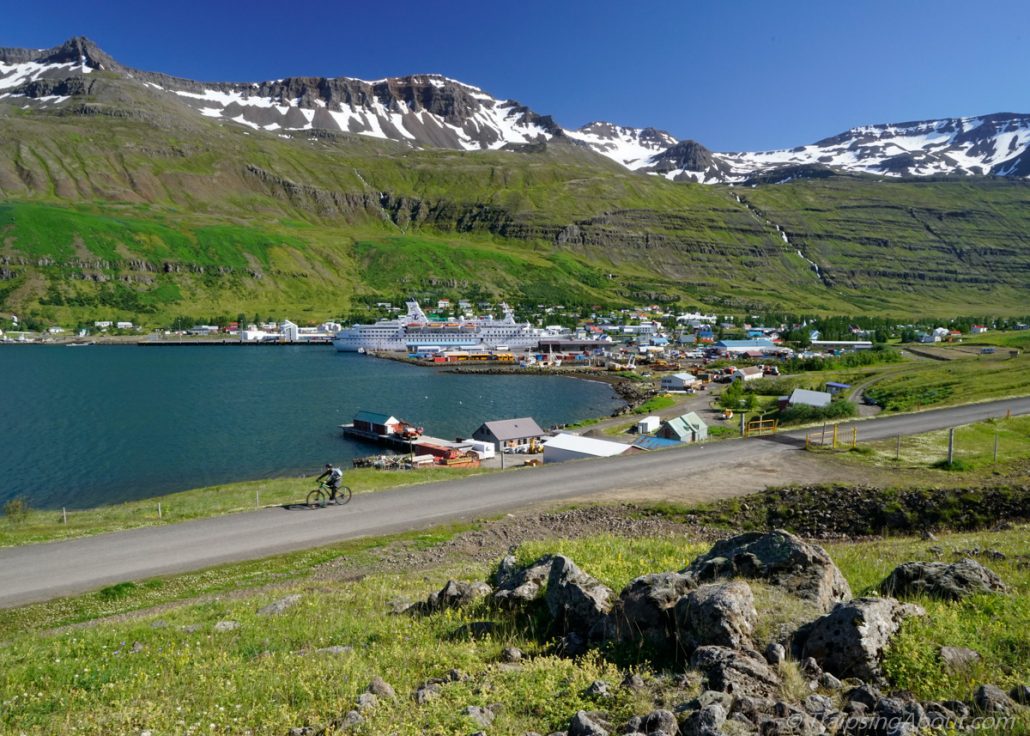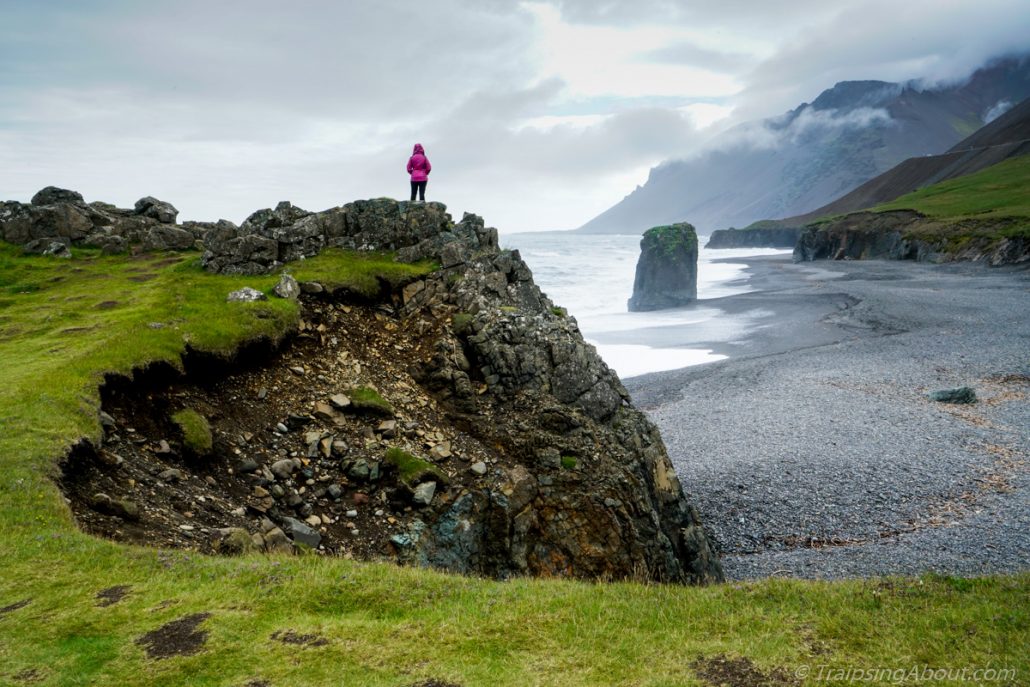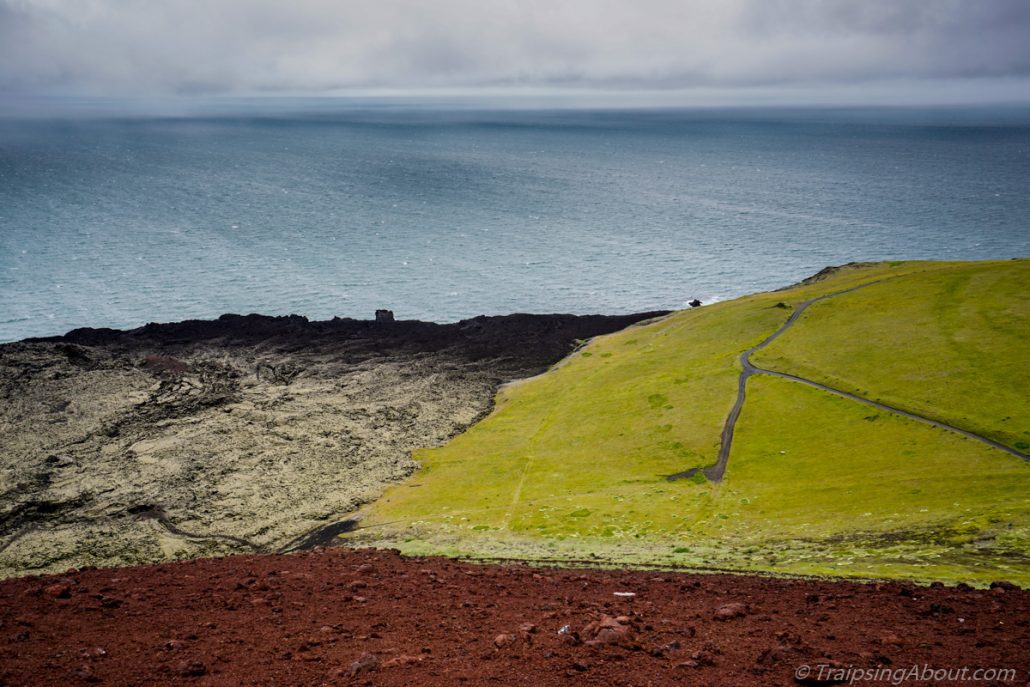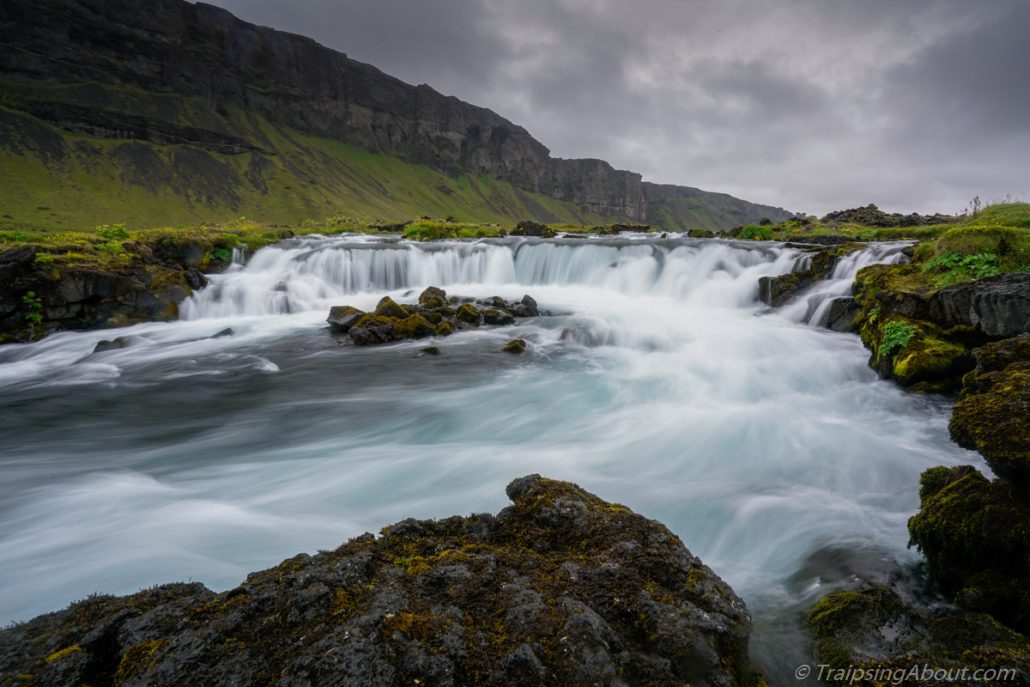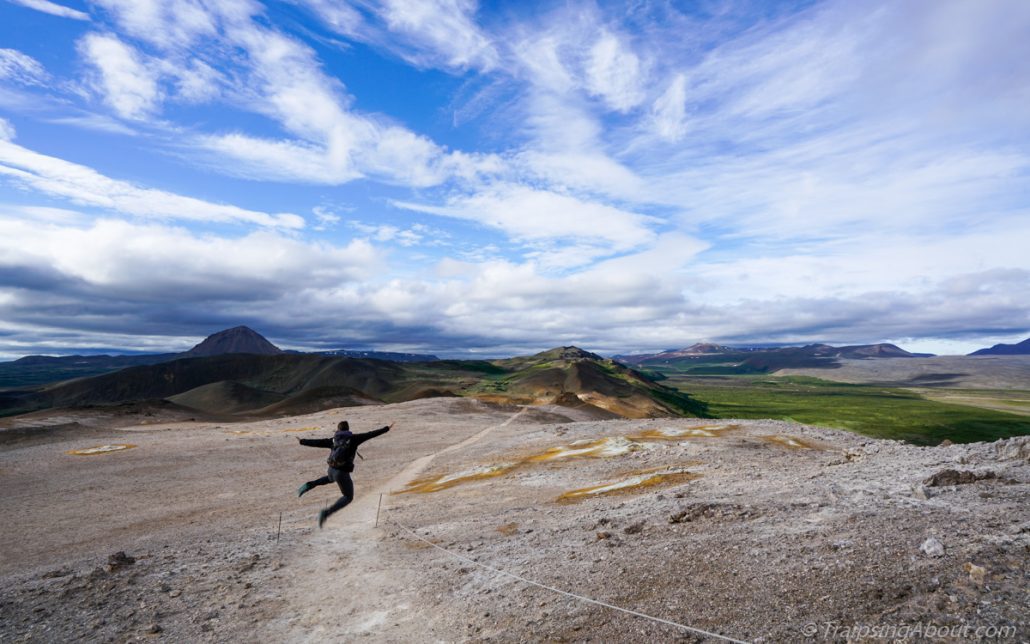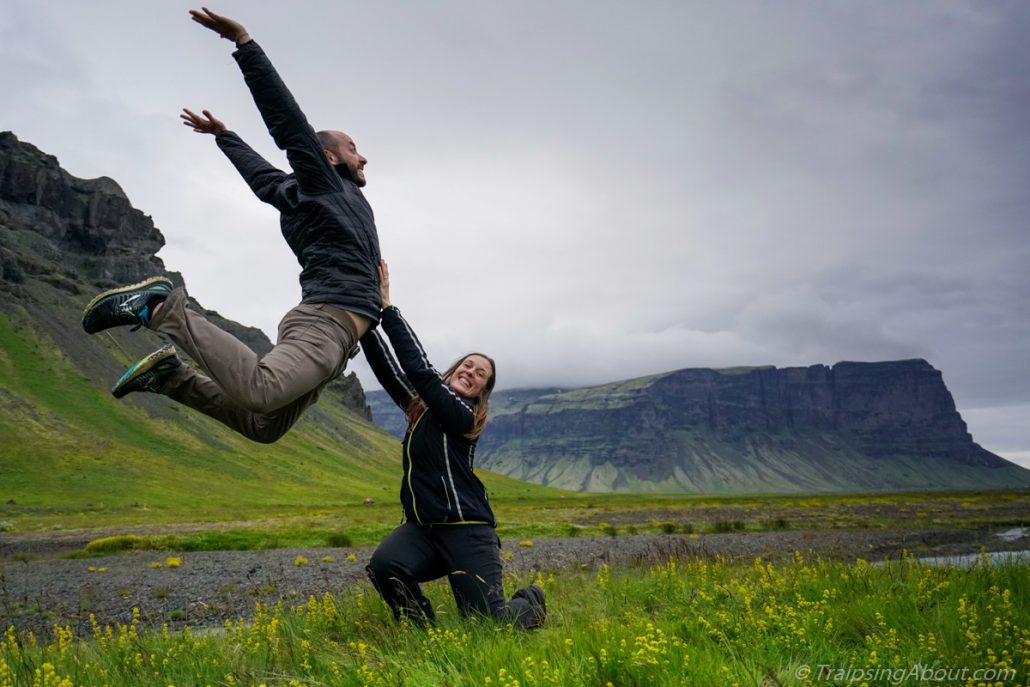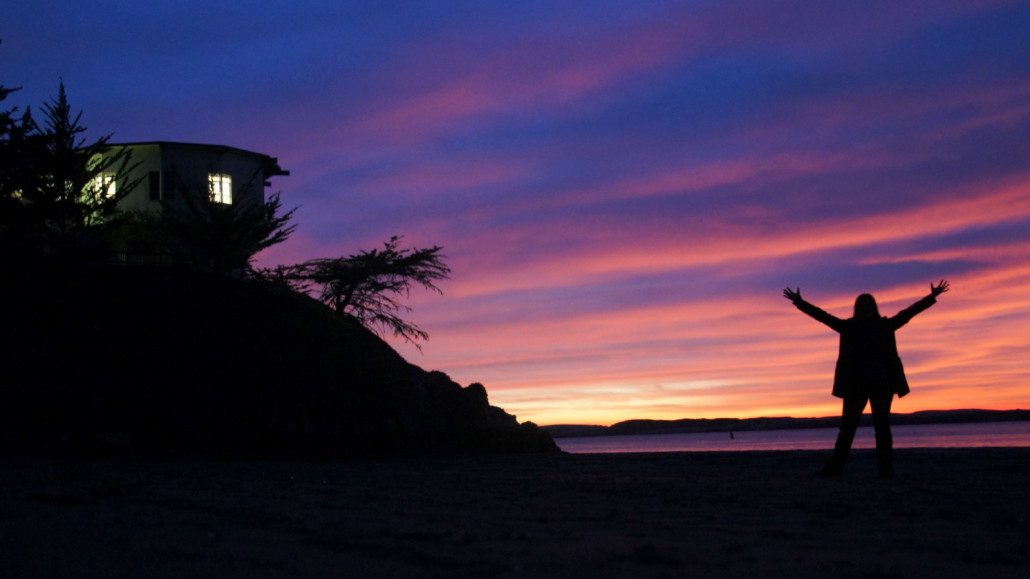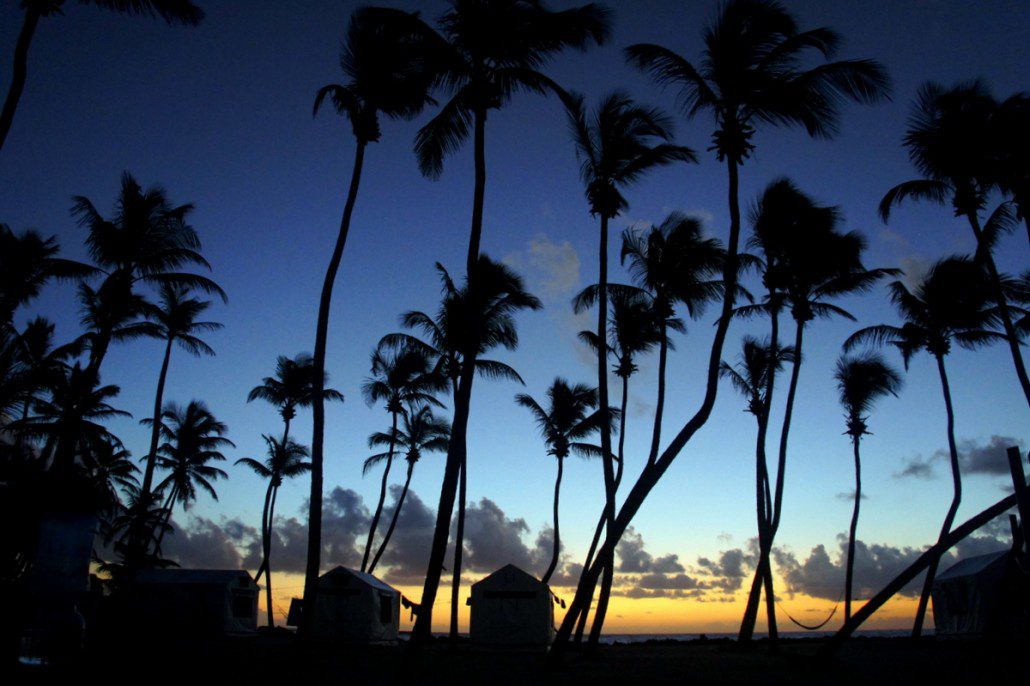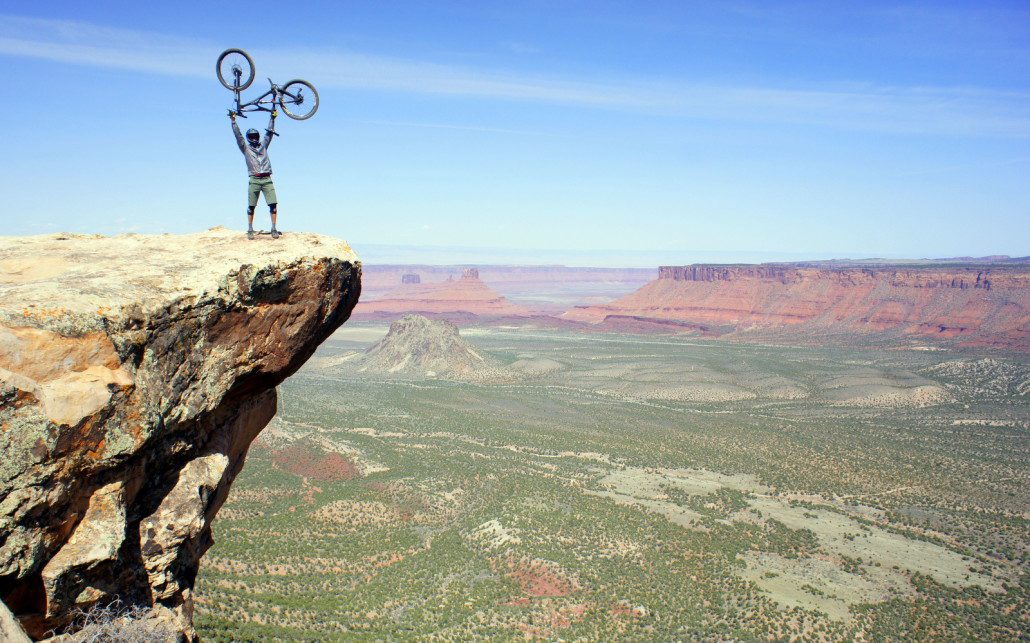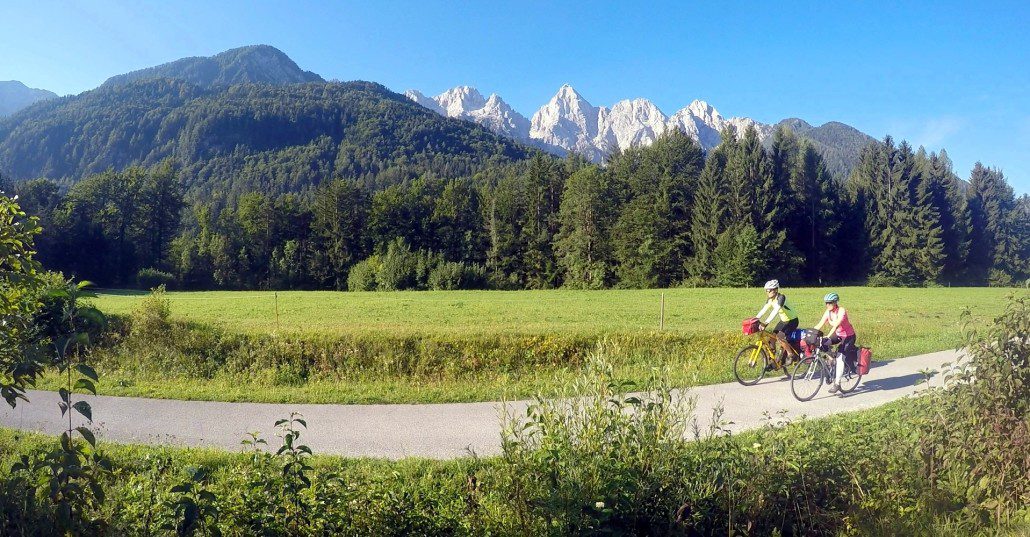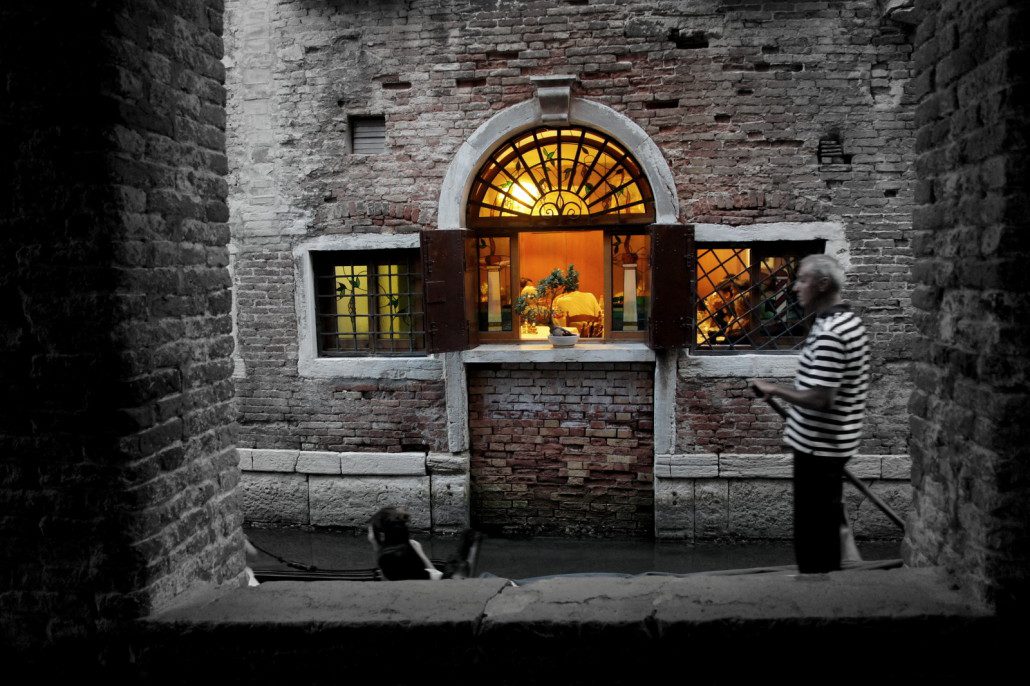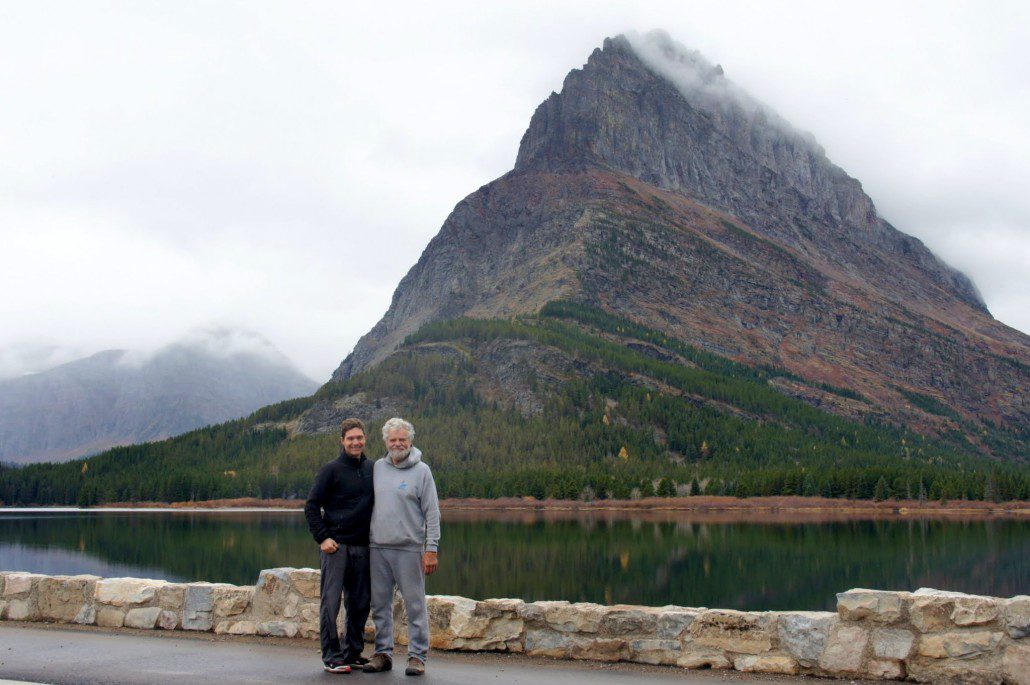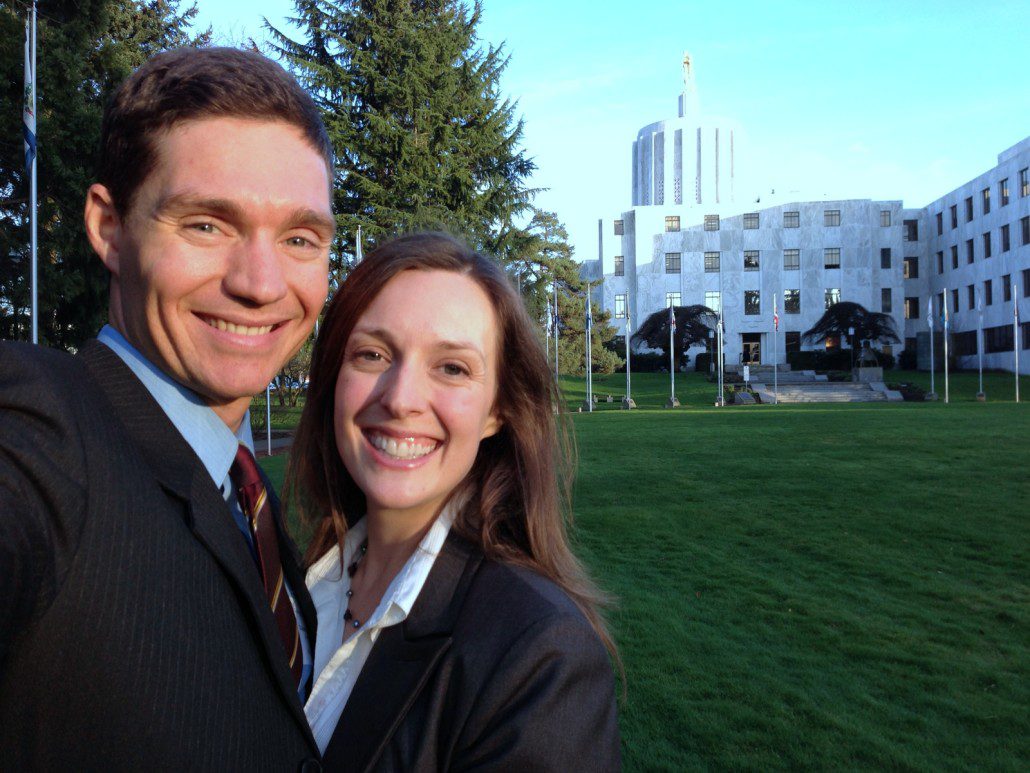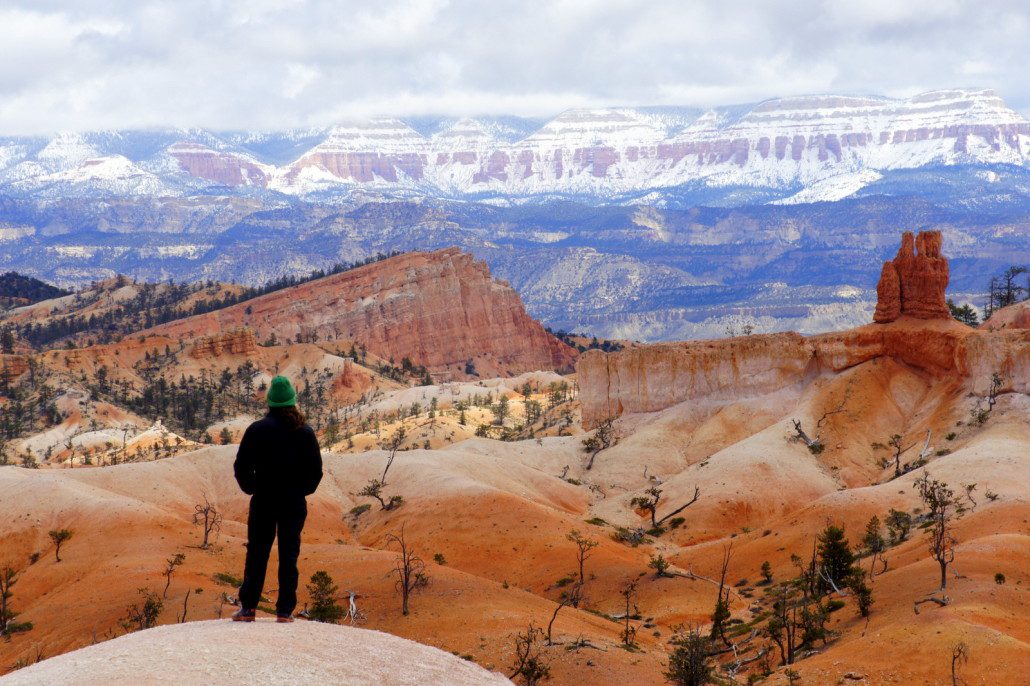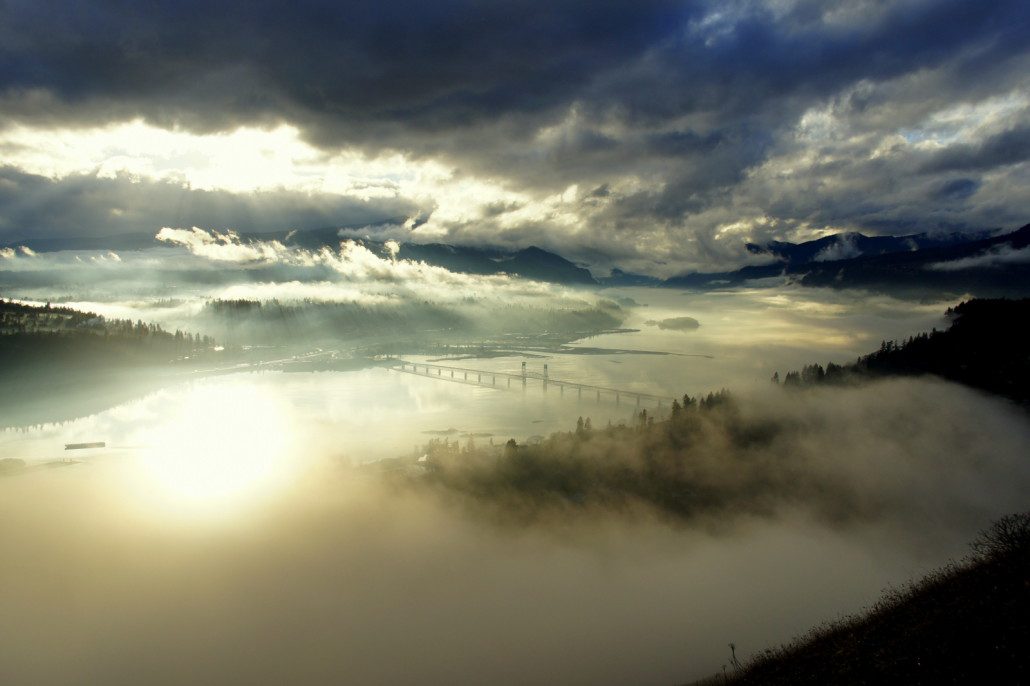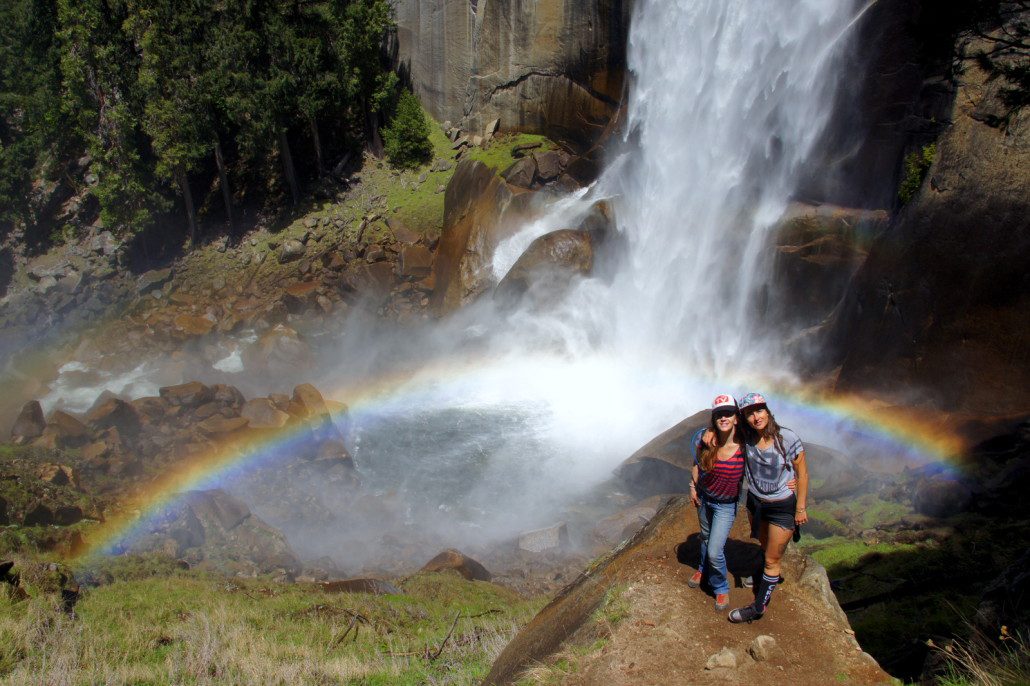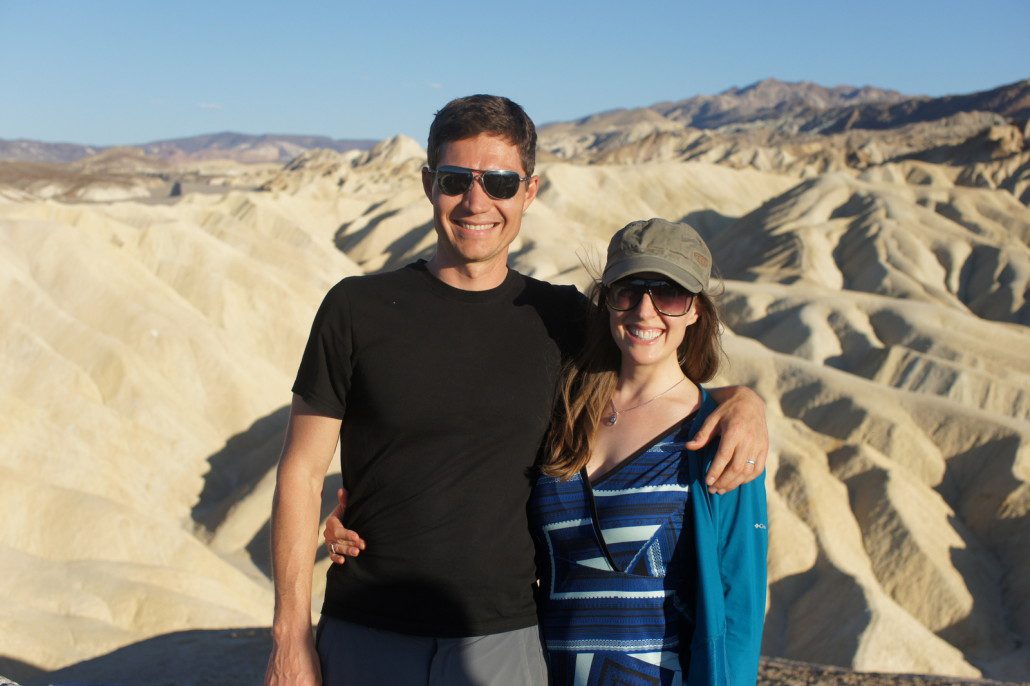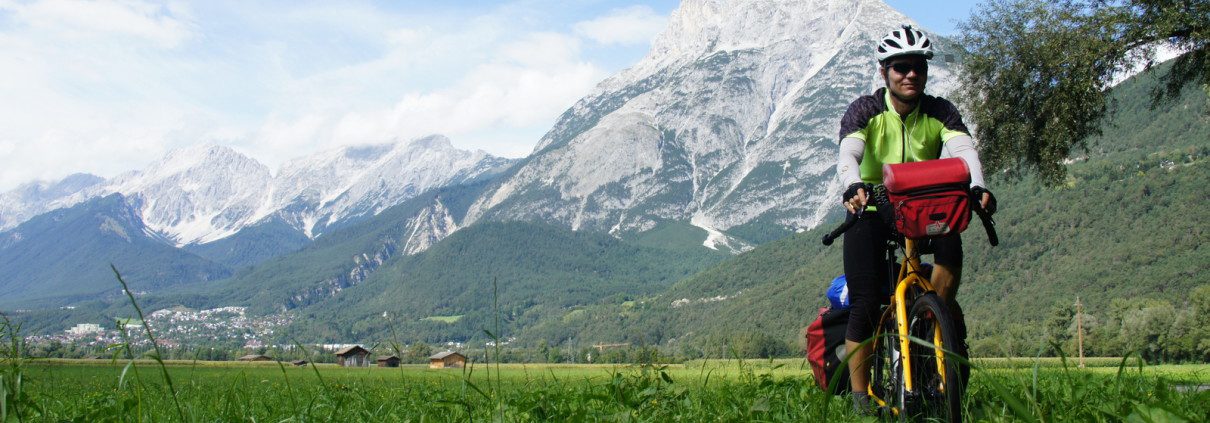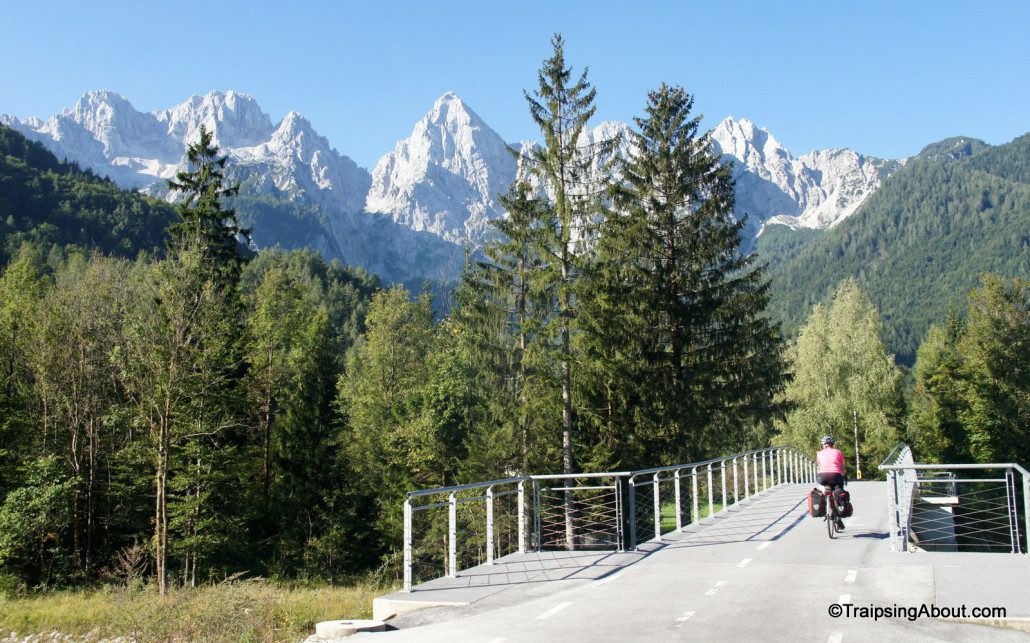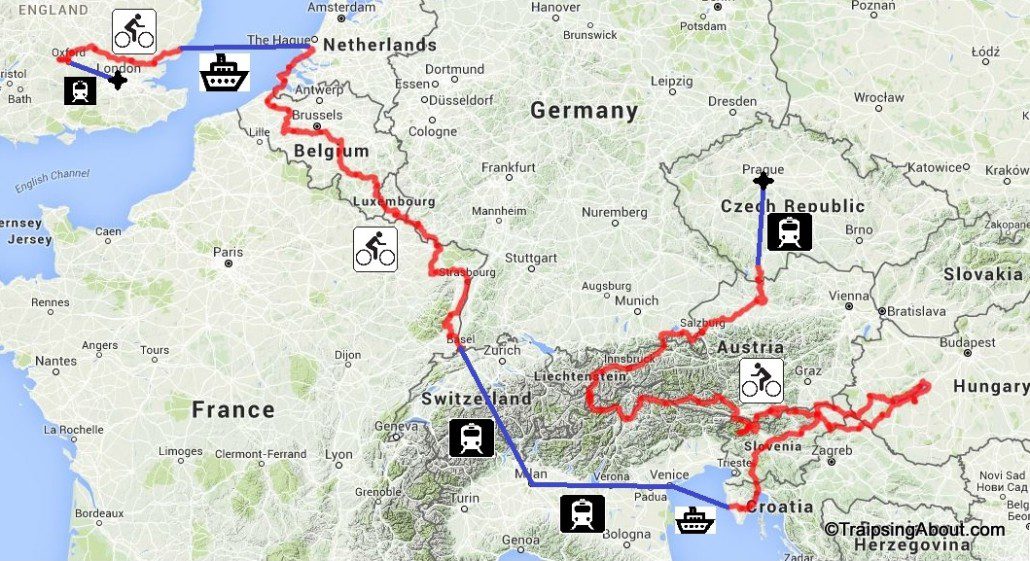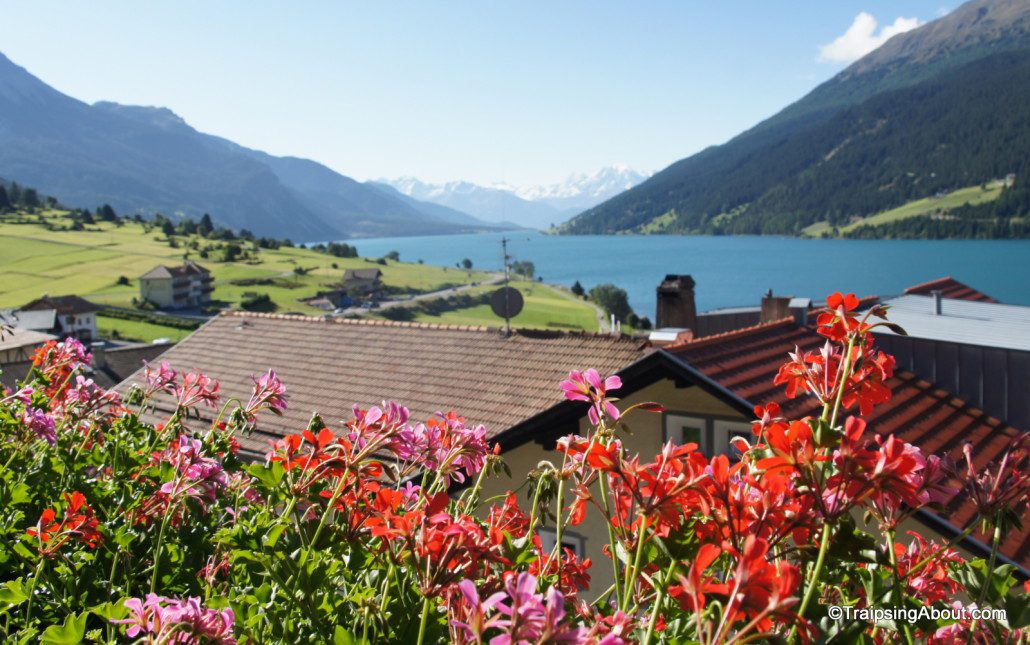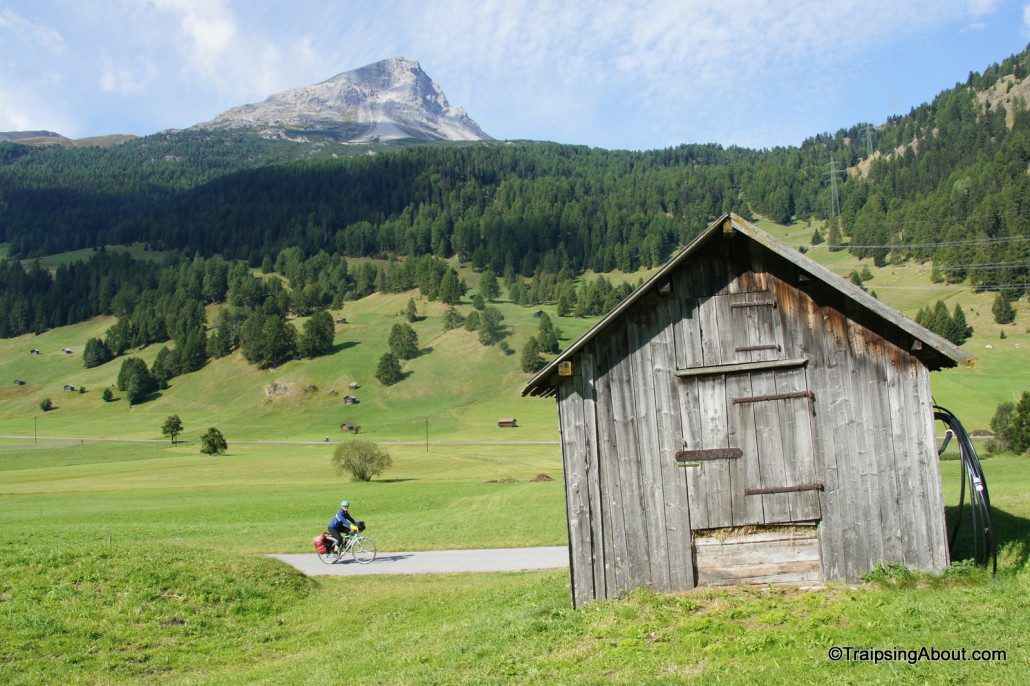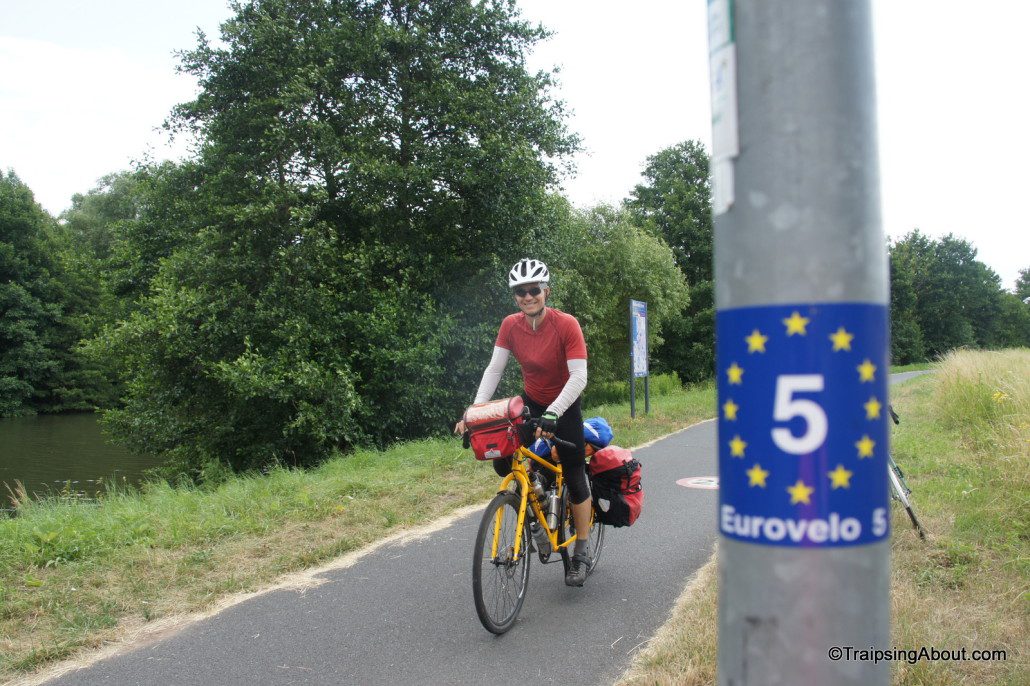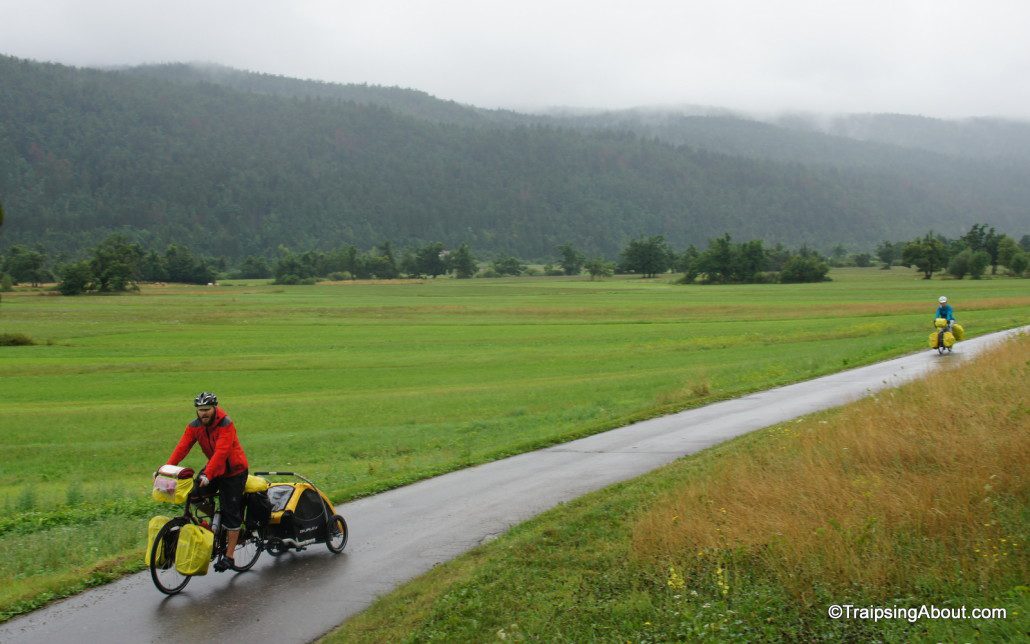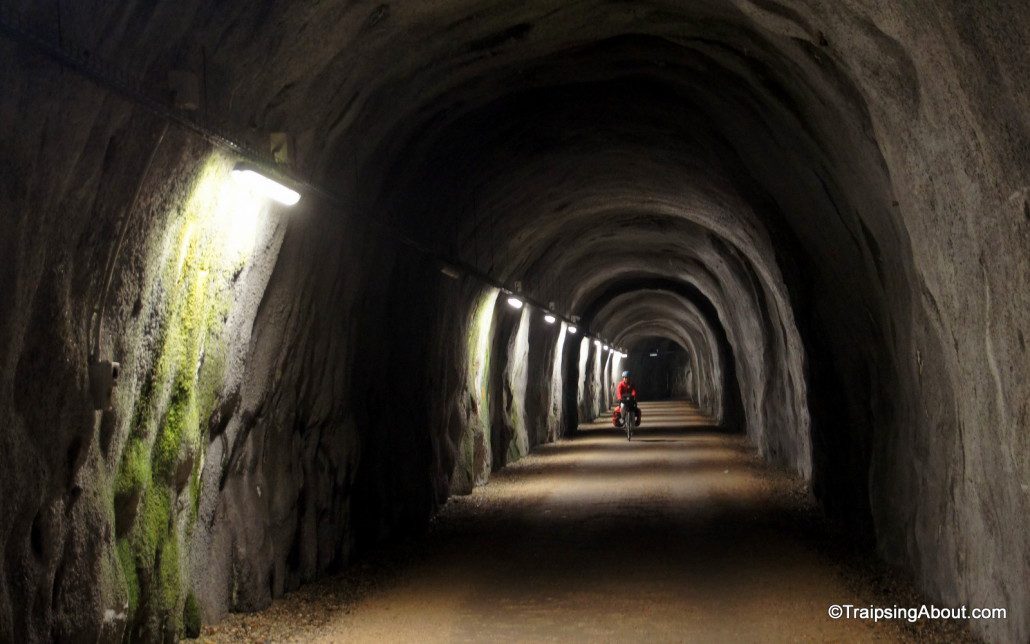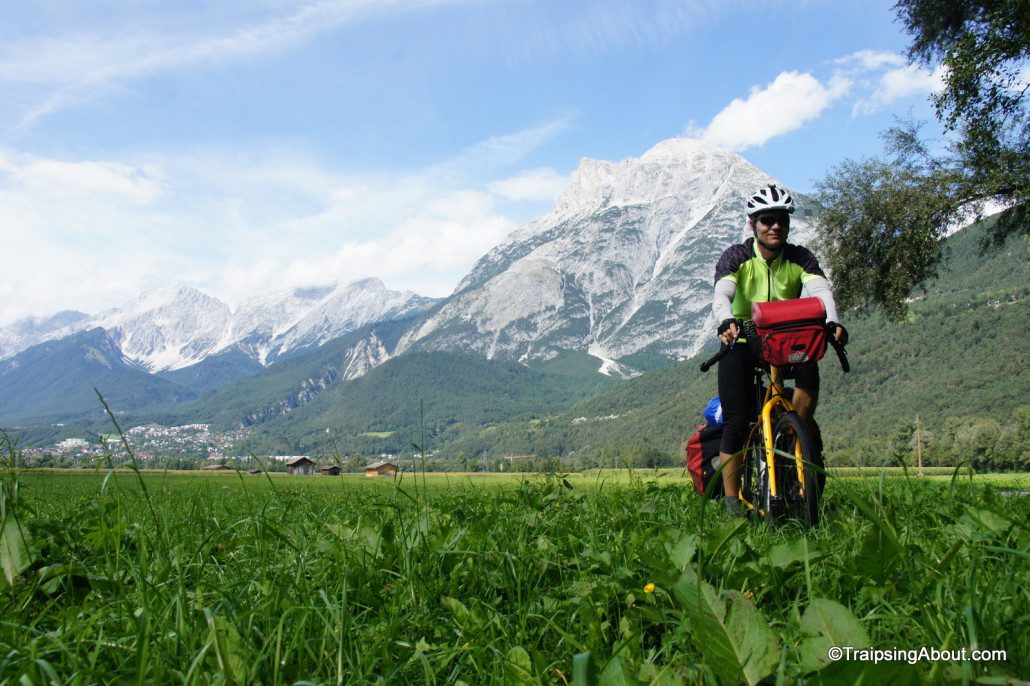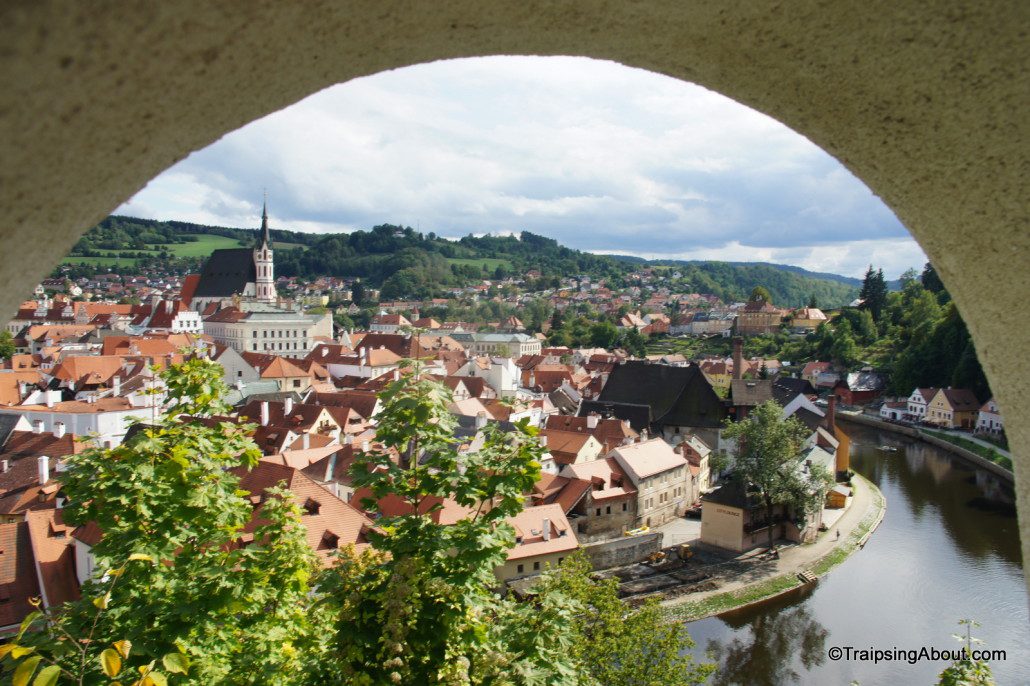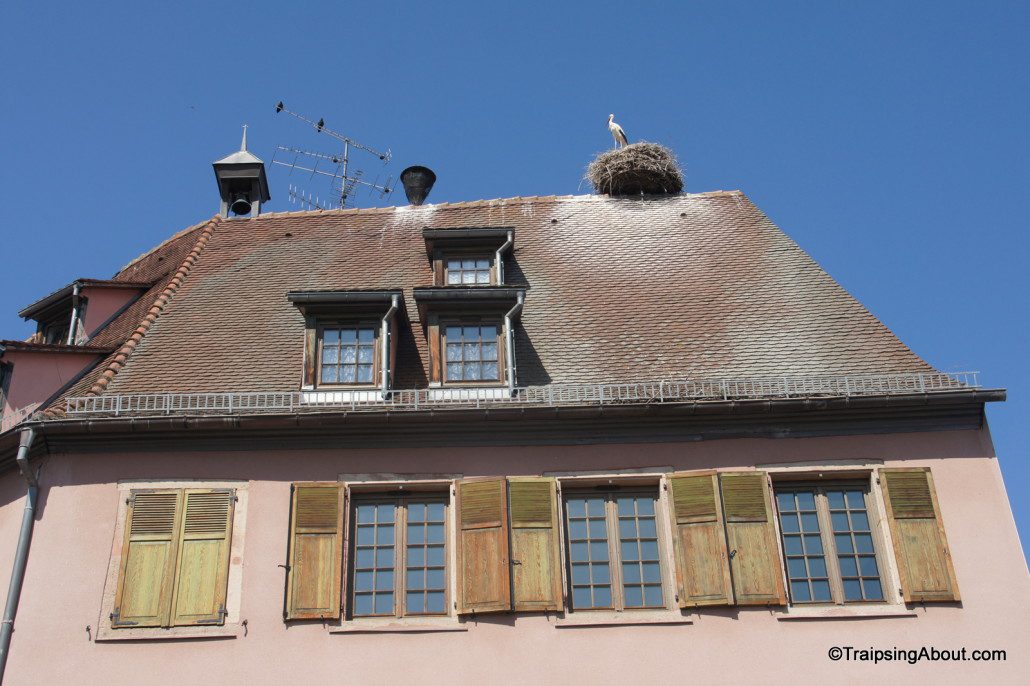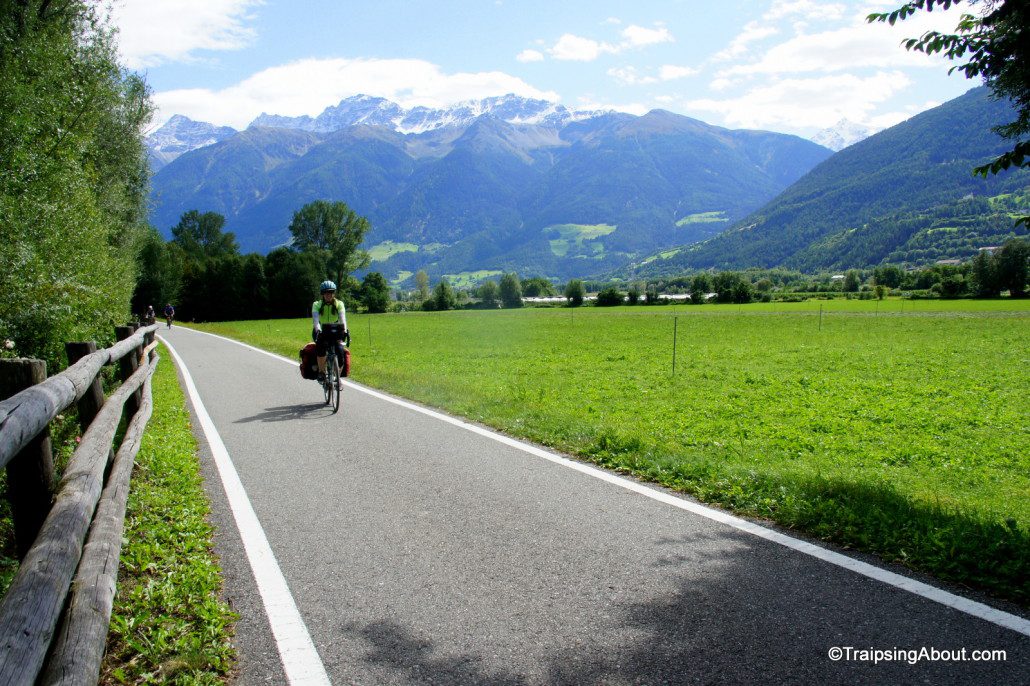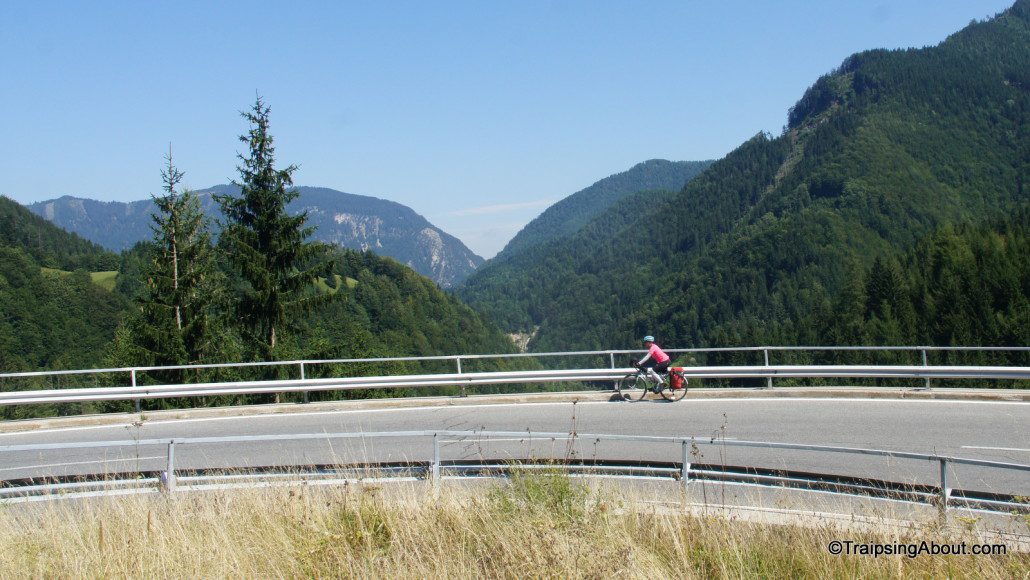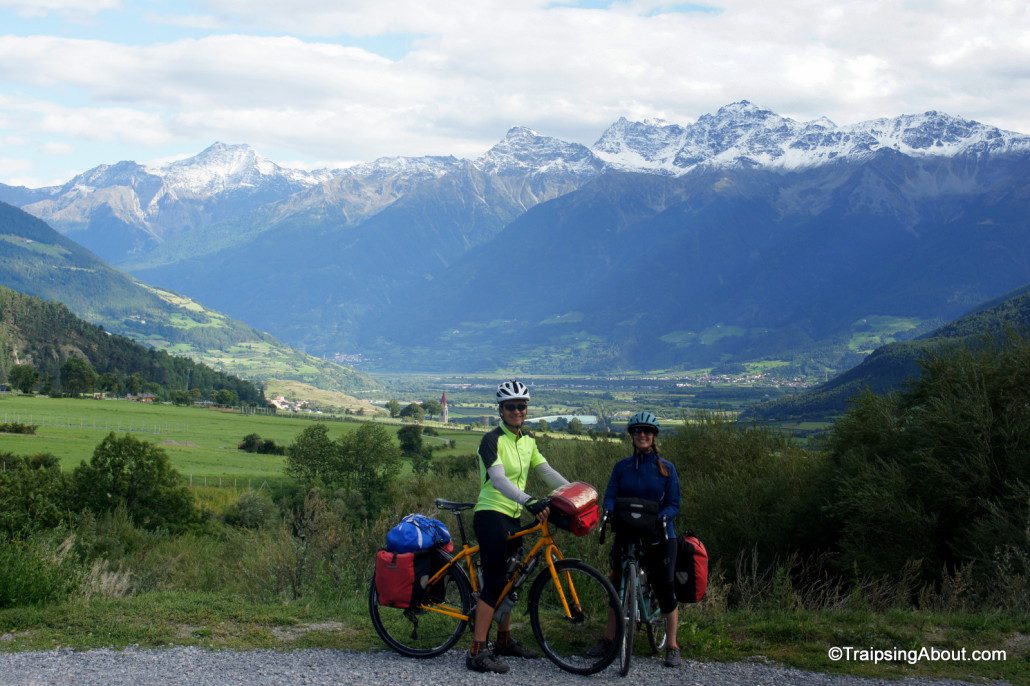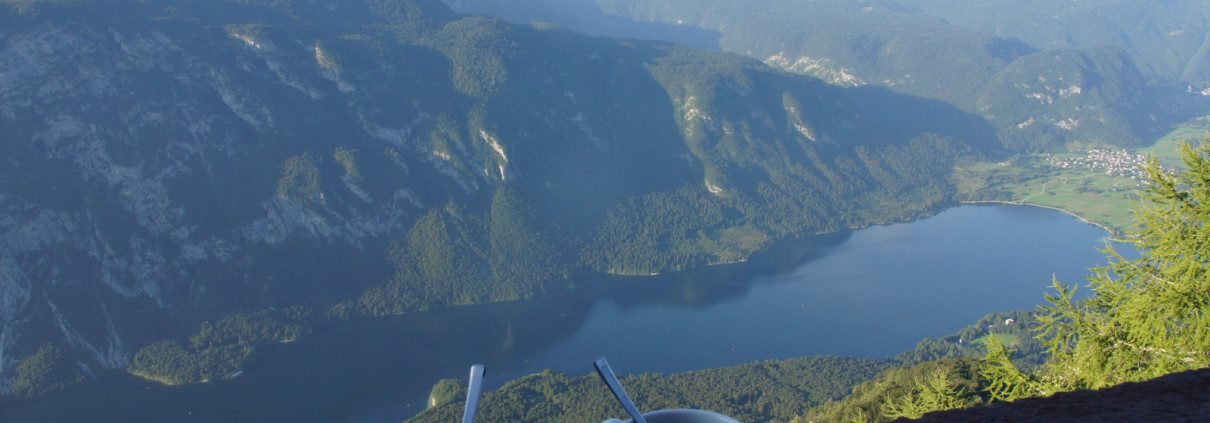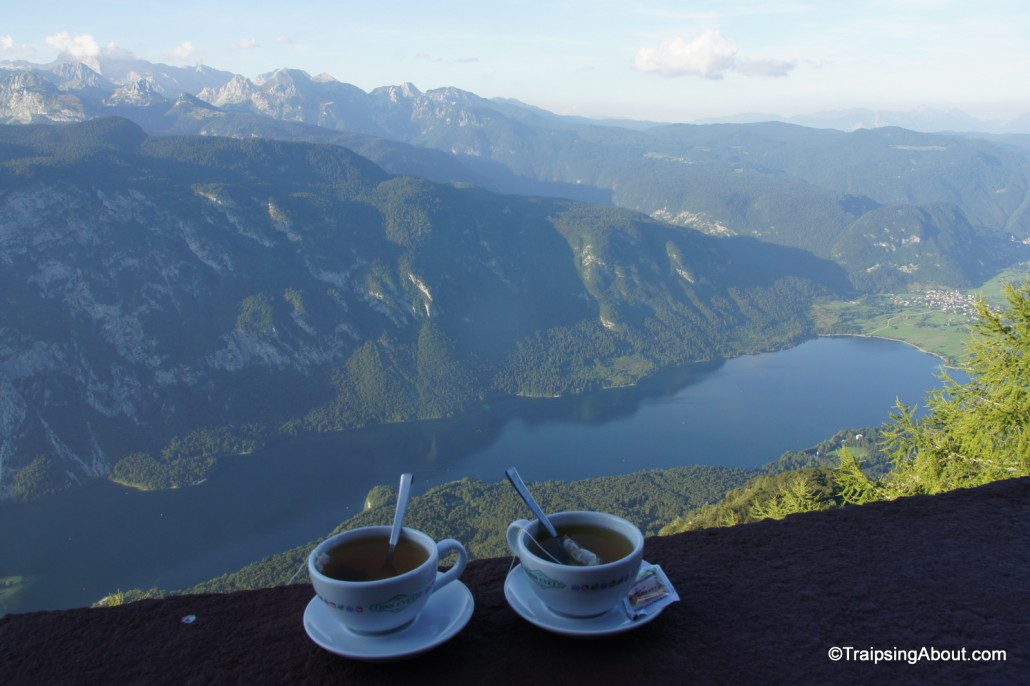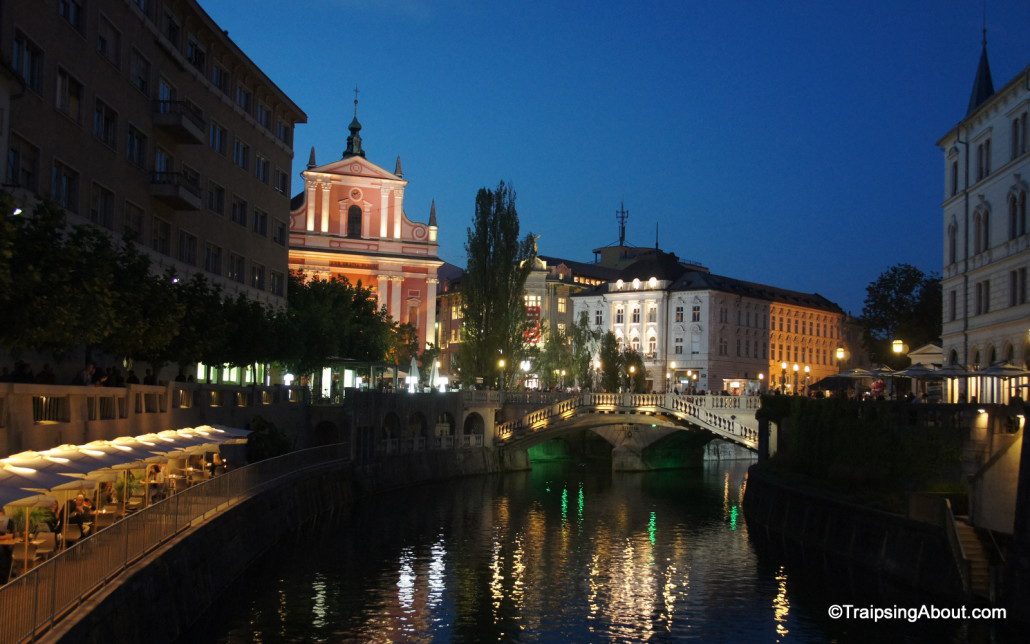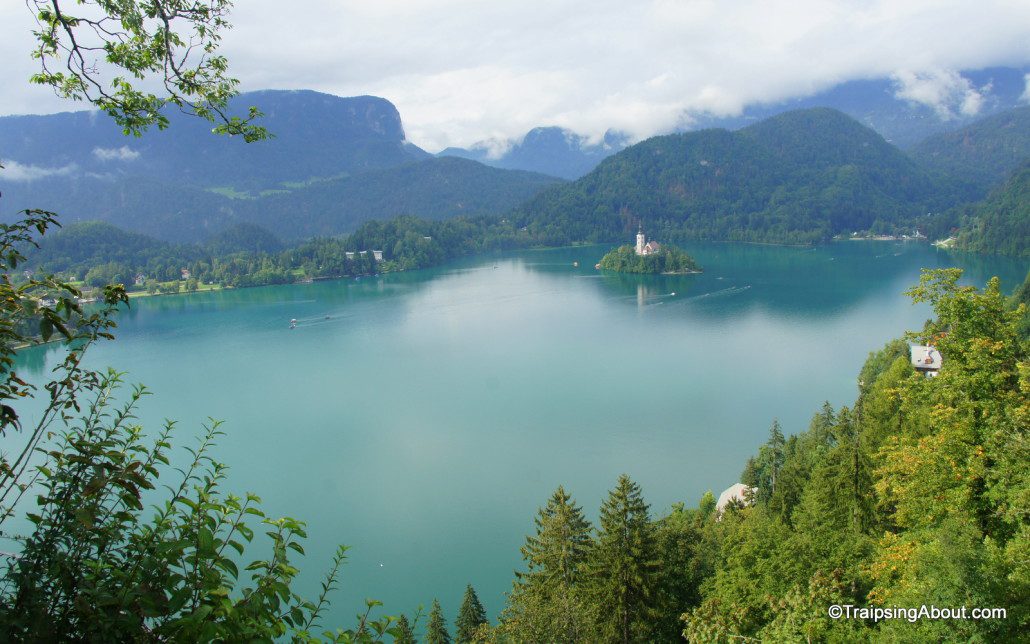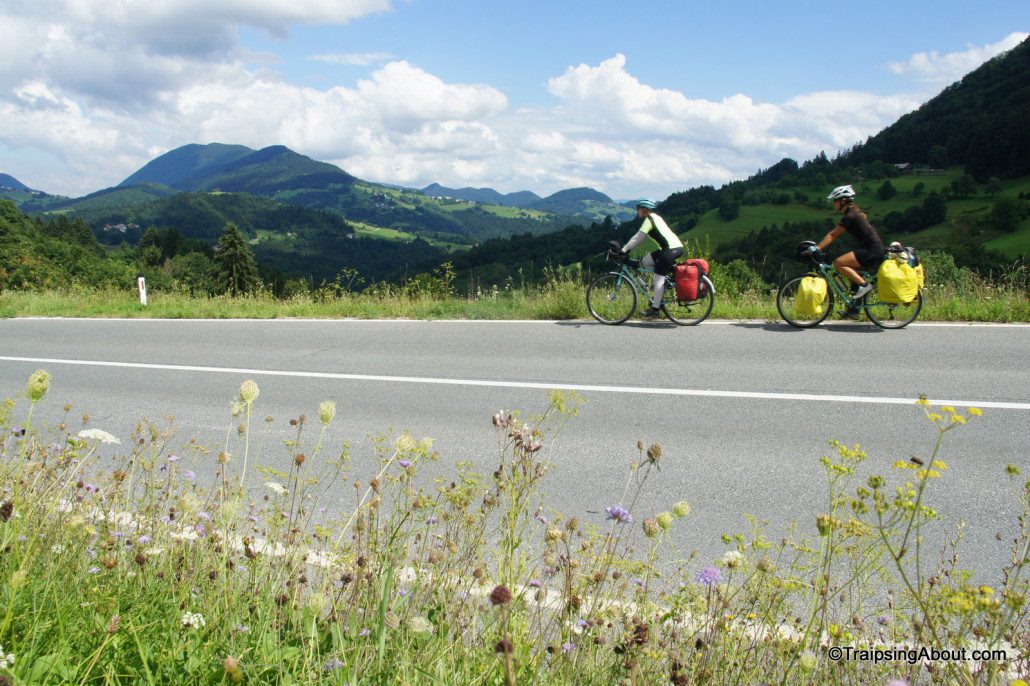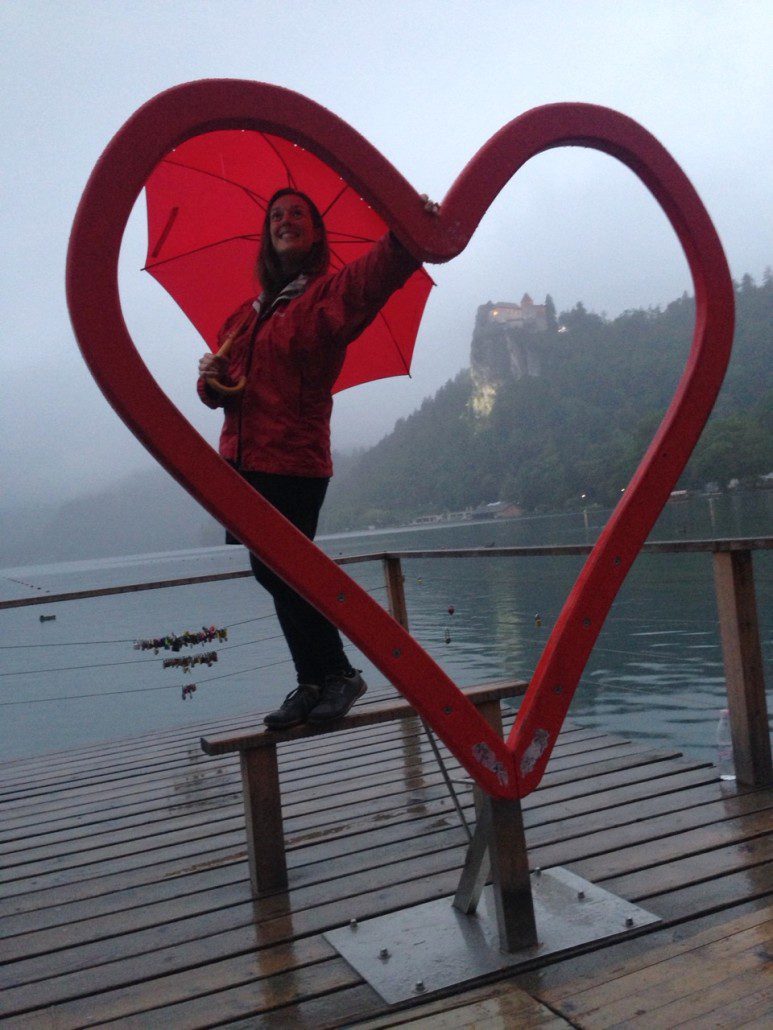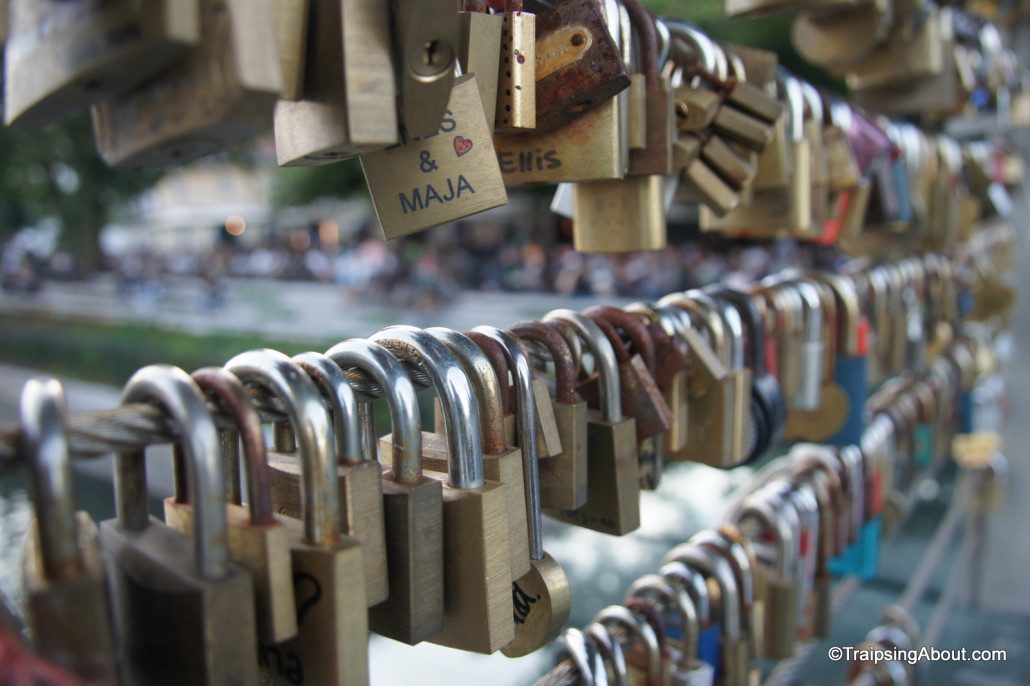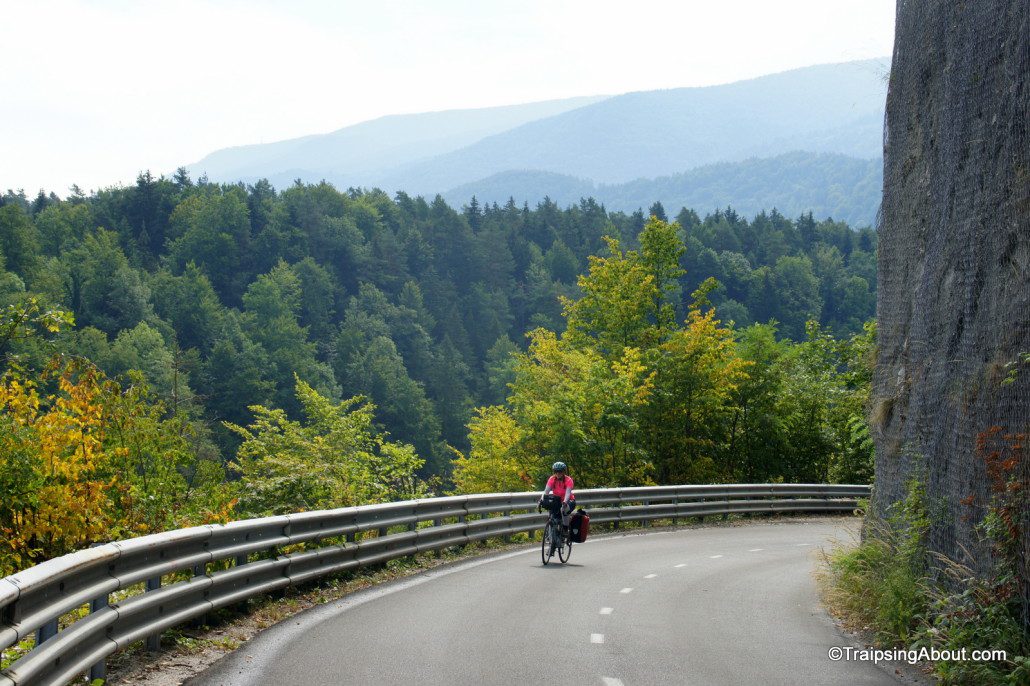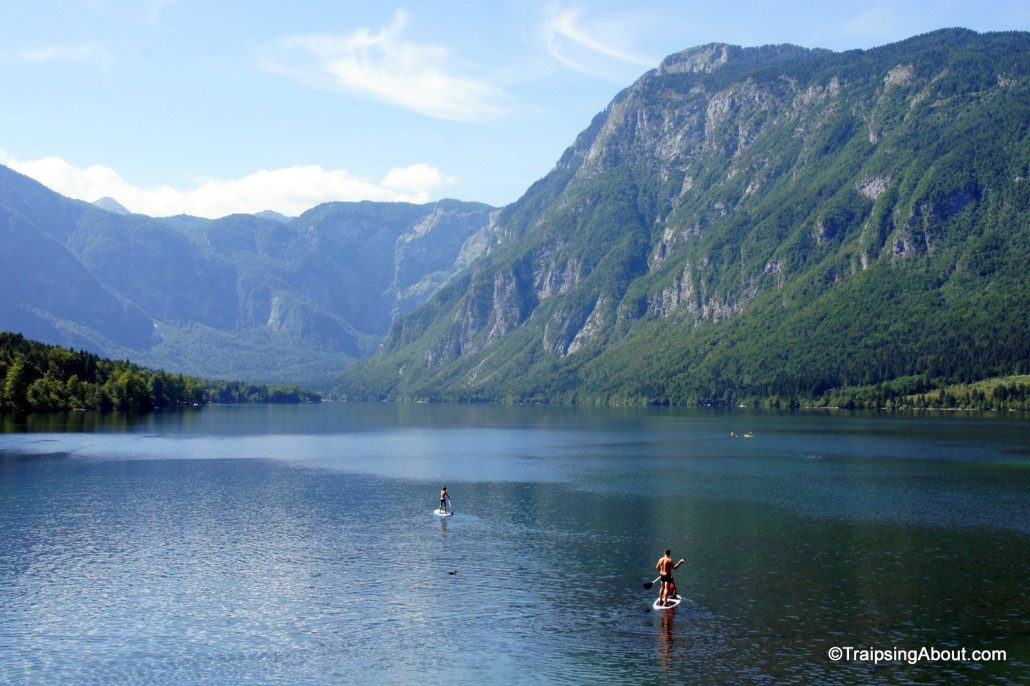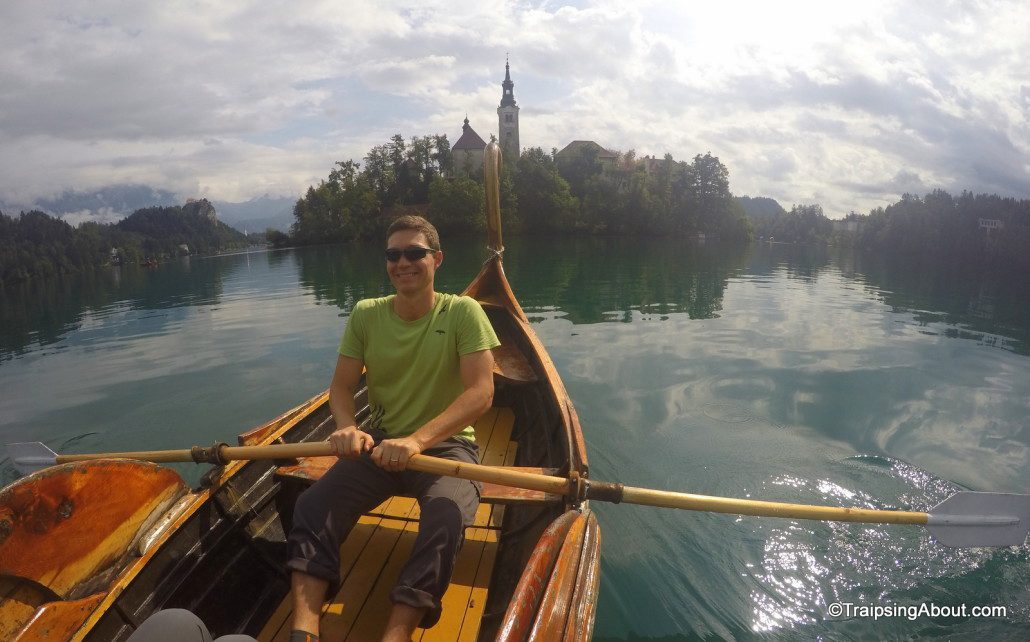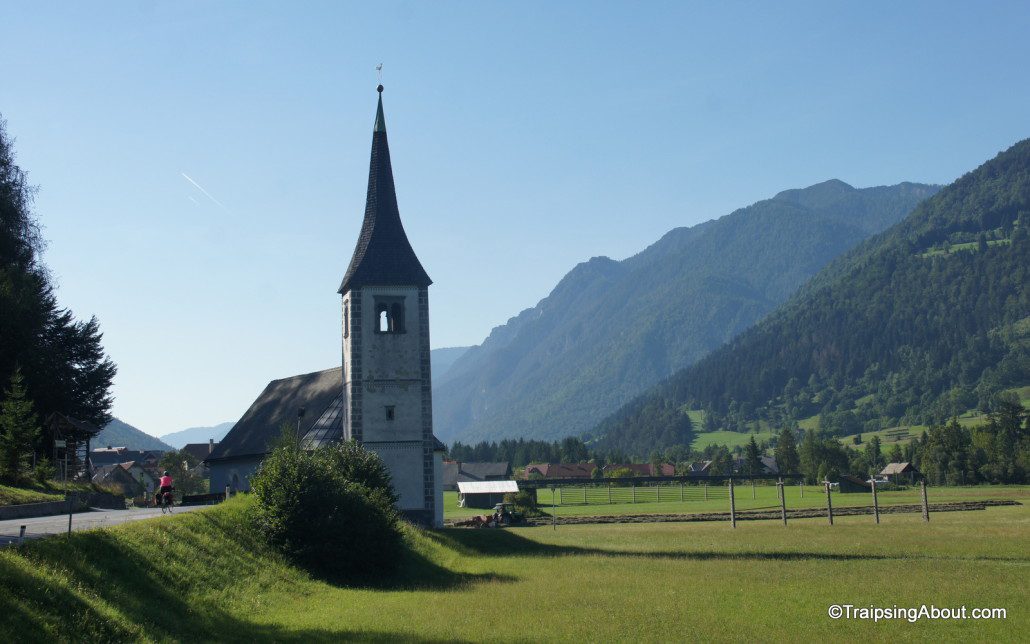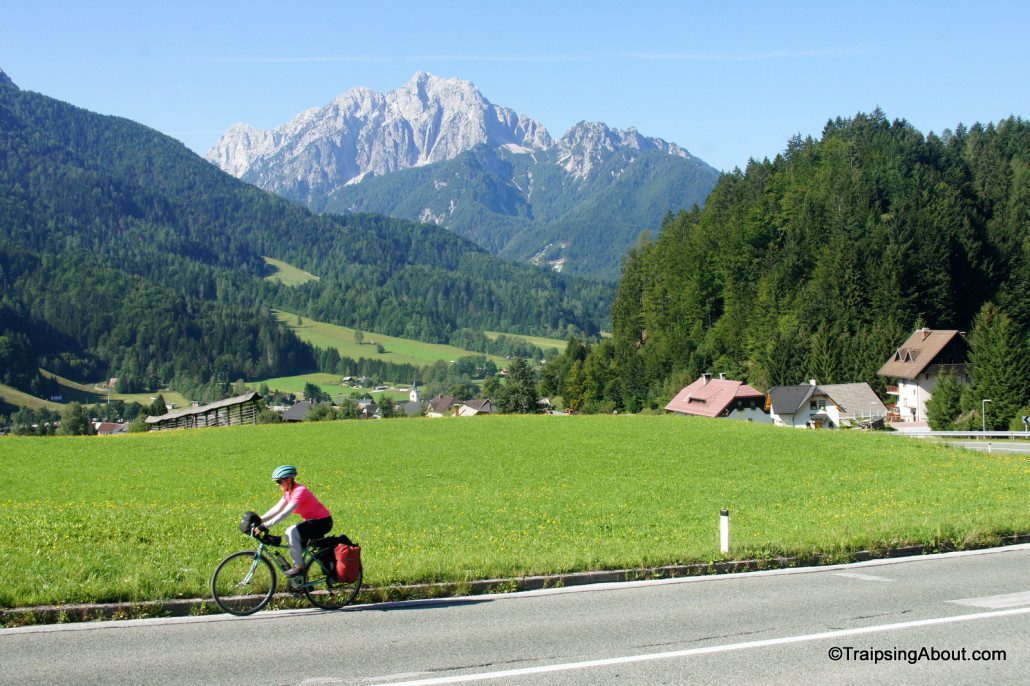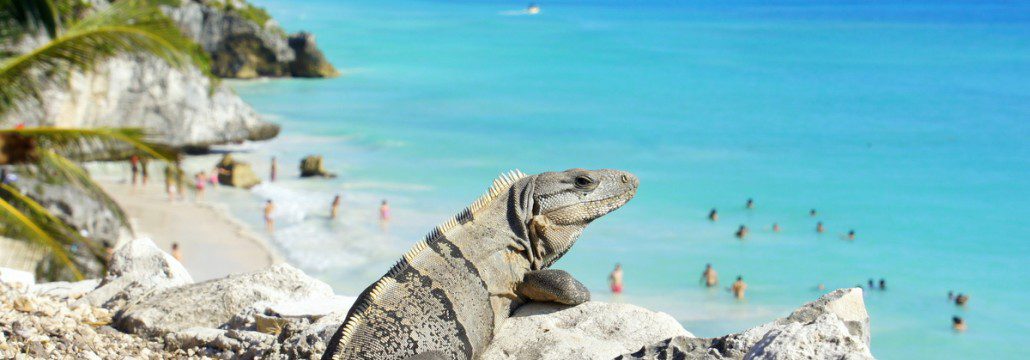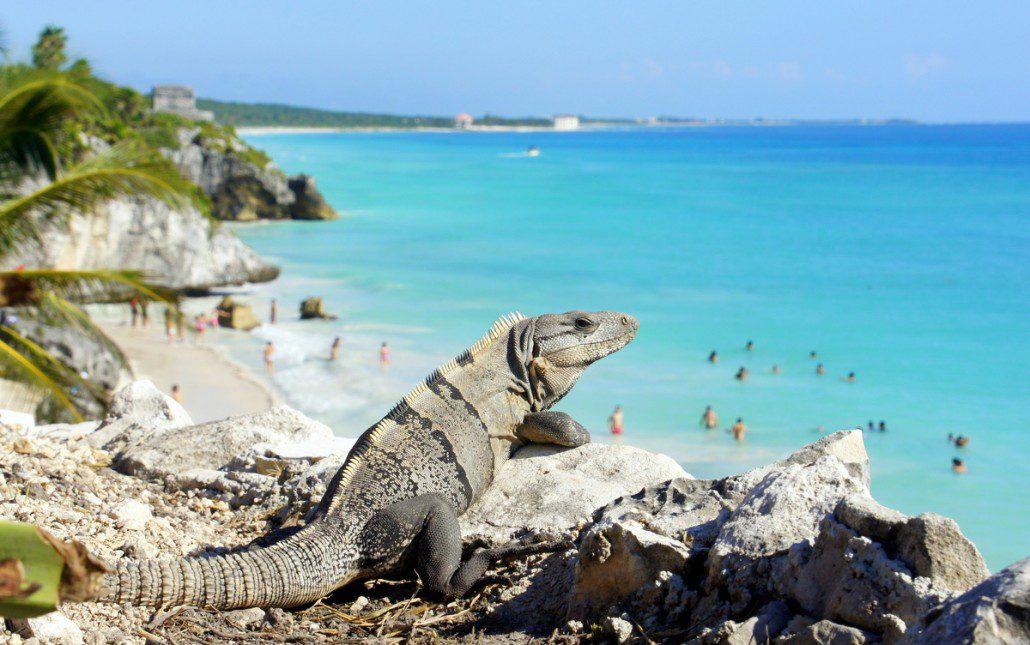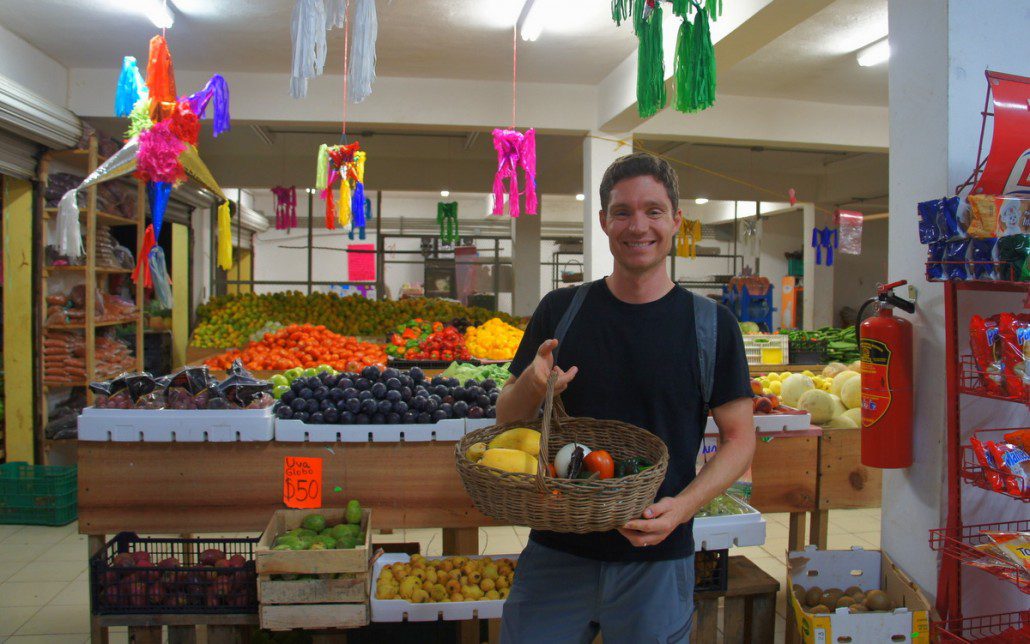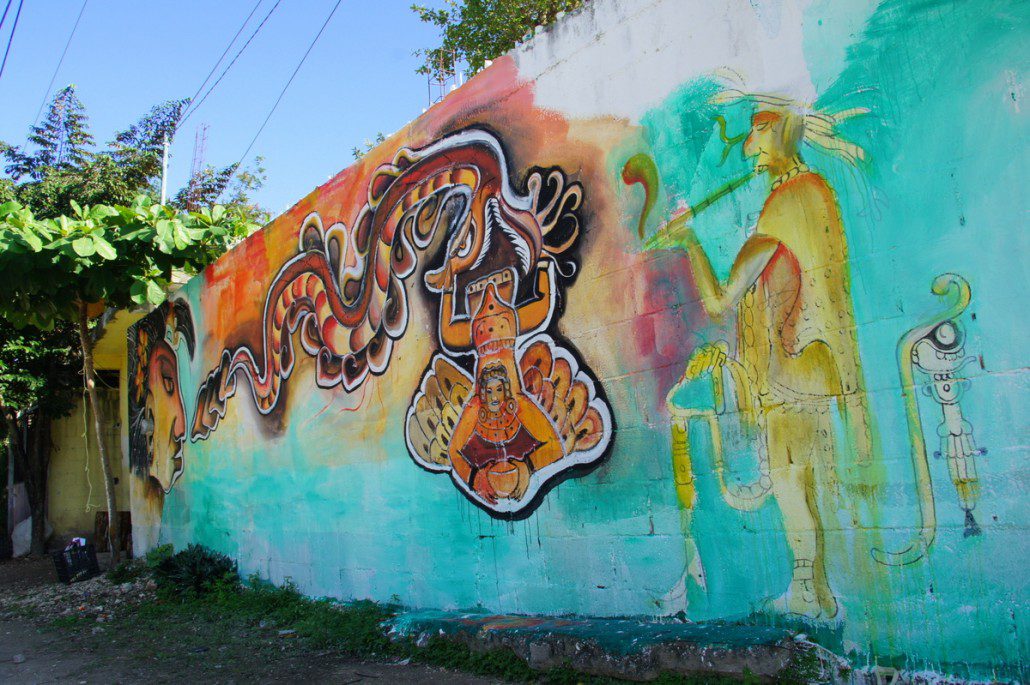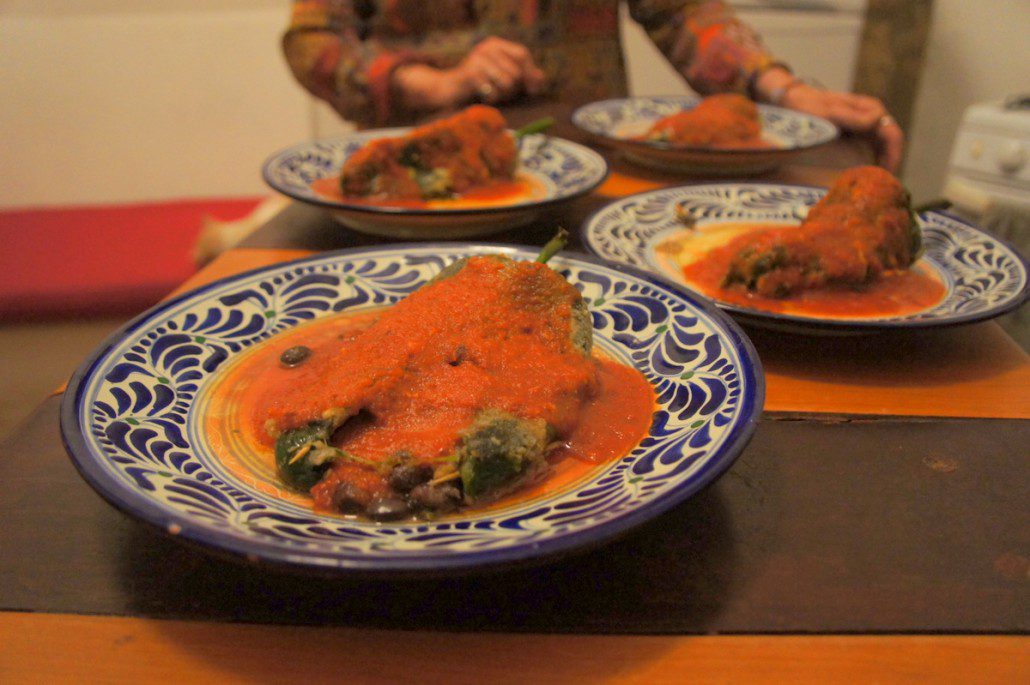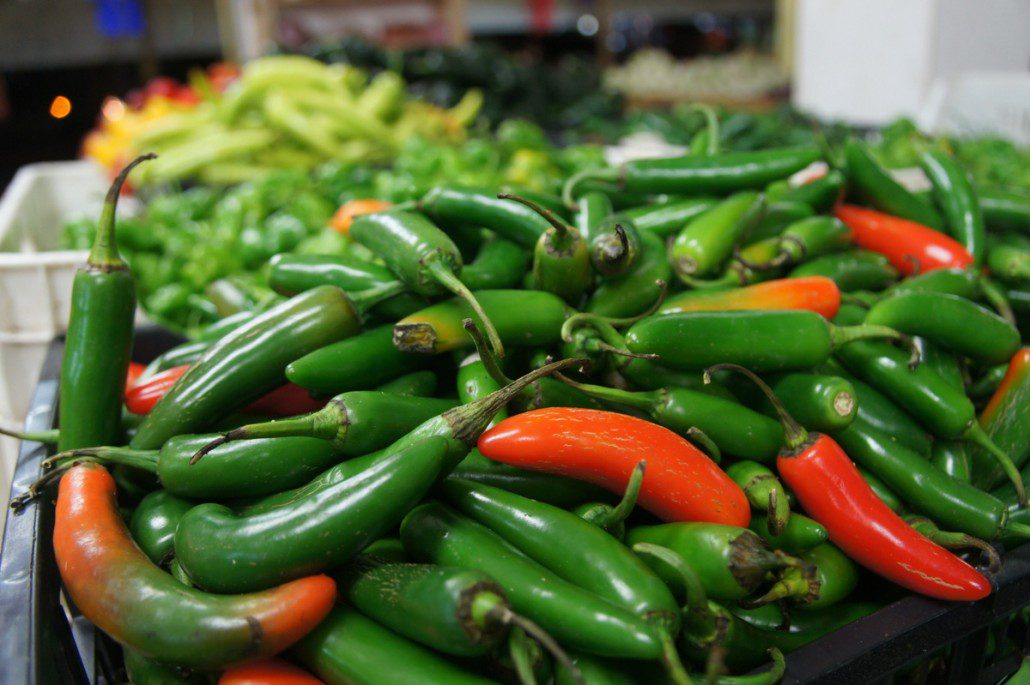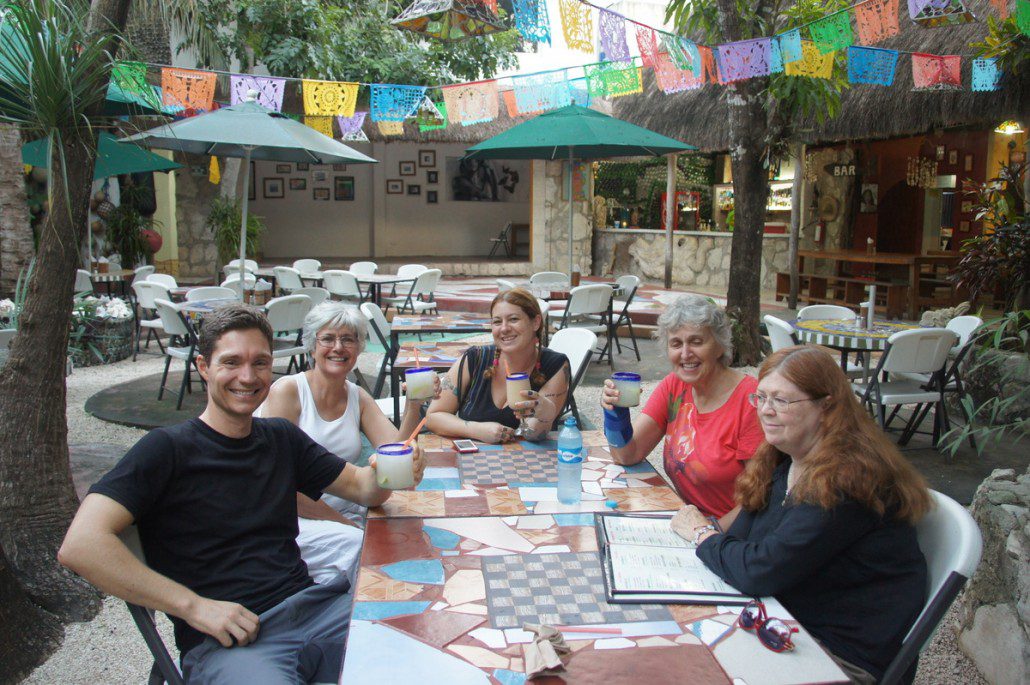Say What, I’m (Almost) An Italian Citizen?!
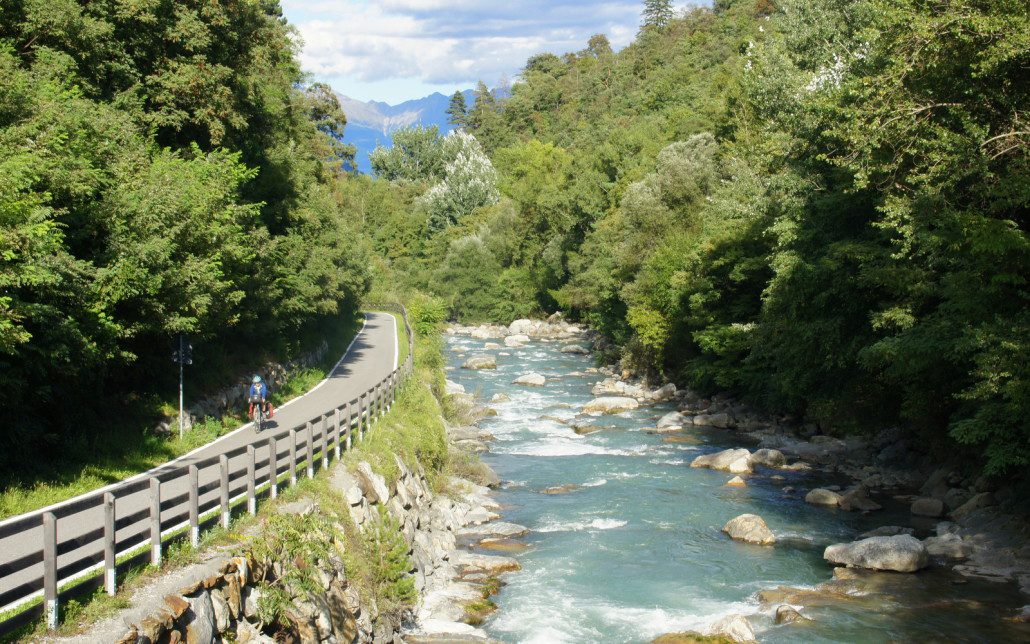
I never met him, but I suspect my great-grandfather Annibale Marchitelli was a wily dude. Thanks to that wiliness, I am en route to having my Italian citizenship recognized.
Allow me to explain.
According to a ship manifest on the internets, in 1903 Annibale left the classic hill town of Sant’Agata di Puglia with $11 in his pocket. He landed at Ellis Island, settled in Jersey City, and got down to two jobs: carpentry and having sex raising 11 kids (yegads!).
In 1927, a few months after the final kid was born (my grandma), Annibale naturalized as a U.S. citizen. This means that: a) between work and tending to 11 whippersnappers, he didn’t have time to naturalize before then or b) he realized by having kids first, they could get dual citizenship. (This is all conjecture because he died young and took the secret to the grave.)
This all rocketed into my universe a week ago when a cousin called my mom to say, “hey, I found the original naturalization certificate. It looks like we can all become Italian citizens!”
Cue fanfare and cries of sorprendente! We’re moving to Europe!
Not so fast.
The Long and Winding Road to Italian Citizenship Via Jure Sanguinis
Turns out the Italian government doesn’t simply hand out passport if you text their consulates with a crappy iPhone photo of a naturalization certificate. (“I was told I also get a Tuscan villa?”) Farrrr from it.
The official route for this kind of situation is called “jure sanguinis,” which (for me) means “your great-grandpappy was Italian when your grandma was born, so you can be too!” Or, if we’re technical, “right of blood.” (Check if you do!)
Side note: In many countries with lots of immigration in the past (e.g. the U.S., Australia, Canada), citizenship is often “jus soli,” or “right of soil.” If you’re born there, you’re a citizen. Europe is mostly bloodline, which creates complex quandaries given all the immigration happening there.
Basically, since my grandma was born with unrecognized Italian citizenship, so was my mom, and hence me. BOOM. Given that I’ve signed my emails ciao for years, this makes so much sense.
All we have to do is prove the chain of lineage and I can buy an abandoned castle, acquire a taste for wine (uh oh), learn more Italian than “ciao,” and move to the Old Country!
The Fun and Games of Proving Citizenship
There are services that handle the process for a paltry $8,000-15,000. NEVER. I, Captain DIY, do not pay for such things!
Luckily, generous people have sailed these seas before. They are willing – no, happy! – to help noobies like me navigate the process for free. There’s even a Facebook group with an incredible amount of well-organized information and tales of victory. It’s possible! Just…a bit complicated.
Using the document list from the San Francisco consulate, my list includes certified naturalization records, plus birth, death, and marriage certificates. Cakewalk: I’ve got the internet, free time, and I love spreadsheets. (Yes, I already made one. #engineerdorkalert Here’s a template for you!)
Just 2-4 things for each person. For FOUR generations. From Italy. New Jersey. Florida. Wisconsin. New York. California. Idaho.
Don’t forget this curveball: some U.S. agencies aren’t currently sending hard copies thanks to 2020’s major strikeout pitch, CoronaLameGawdIHateYou.
Uh oh. Why does my brain suddenly feel like a soggy plate of my grandma’s pasta?
OH, and once I receive documents, it’s necessary to mail them BACK to the Secretary of State in the issuing state for an apostille stamp that double-certifies the document is official for international use per the Hague Convention. (Apparently in Italy you CAN triple-stamp a double-stamp?)
Then everything has to be translated into Italian. Yup. Not kidding.
Did I mention it’s currently impossible to book an appointment at the San Francisco consulate? Just a TWO YEAR wait, except you can’t search more than two years out in their system, so only cancellations are available.
This is officially the most bureaucratic process I’ve ever launched into in.my.entire.life.
Update Jan 3, 2020: I GOT AN APPOINTMENT!!! (<–exclamation points necessary.) After three months of us trying every day at 3 pm (along with everyone else on the west coast), I randomly scored an appointment for January 2023. I also got one for my mom on January 31st!
Update July 28, 2021: After six months of frustration Chelsea got an appointment! The new PrenotaMI system had slots open for May 2024 and we snagged one (so did my brother). Yeah, it’s a long way off, but by the time I get my passport, it could be late 2023 anyway. Plus this gives Chelsea time to learn Italian, which is necessary for her citizenship.
Update January 4th, 2023: I had my appointment! (Here’s the blog post summary.) 100% in Italian, woot woot. All that study has paid off. Now to wait “dei mesi” (some months) while my file slooowly trickles through the bureaucracy.
Update October 2023: I GOT MY CITIZENSHIP. I’m officially Italian! Here’s my blog post with reactions and thoughts on the news.
Hmmm. We love Oregon and can already travel to Europe for three months at a time. (Well, before covid.) Is this worth it?
Why I Give a Hoot About Italian Citizenship
Clearly all of this is a pain in the left lobe of my brain as well as time-consuming and costly. Why bother?
- Options are never bad.
Who knows what happens during our lifetimes! We have no desire to leave Bend or the U.S. right now (well, depends on the day), but goals morph, presidents change (please pleeeease), and we do like adventures…. - I can help my family get citizenship.
My mom, my brother/sister, and extended family can piggyback on my efforts. Chelsea and I don’t have kids, but my brother and cousins do. What a gift for their kids! Free college, the ability to live and work in the EU, healthcare that doesn’t bankrupt you. Amazing. - Genealogy research is strangely satisfying.
This one surprises me since I’ve never investigated my roots. Now I’m engaged in a giant scavenger hunt via FamilySearch.org and Archives.gov. Even if the whole process doesn’t work out, I think it’ll feel worth it.
And so, ONWARD. In two weeks, I’ve already made substantial progress. While this process takes years, at the end is a maroon Italian passport with my name etched inside and access to living anywhere in the European Union.
In the meantime, we shall study Italiano and dream of hill towns. Sto eccitato.
Ciao!
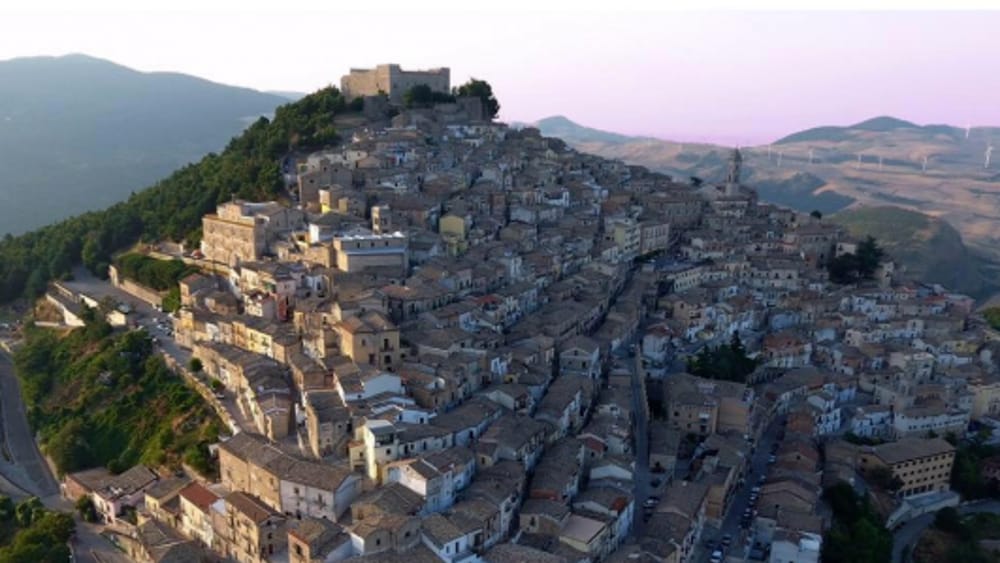
(Photo credit Sant’Agata FB page)
